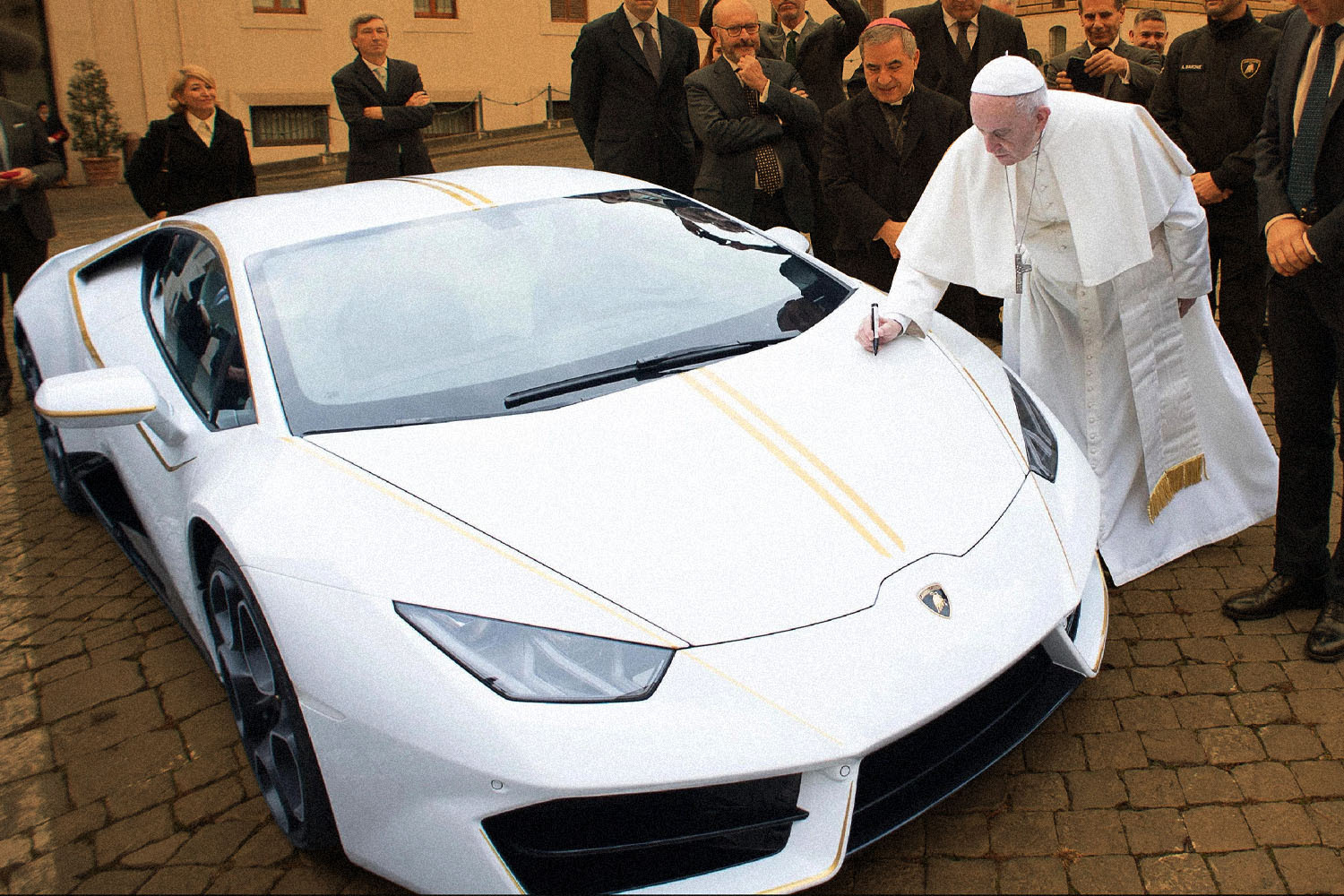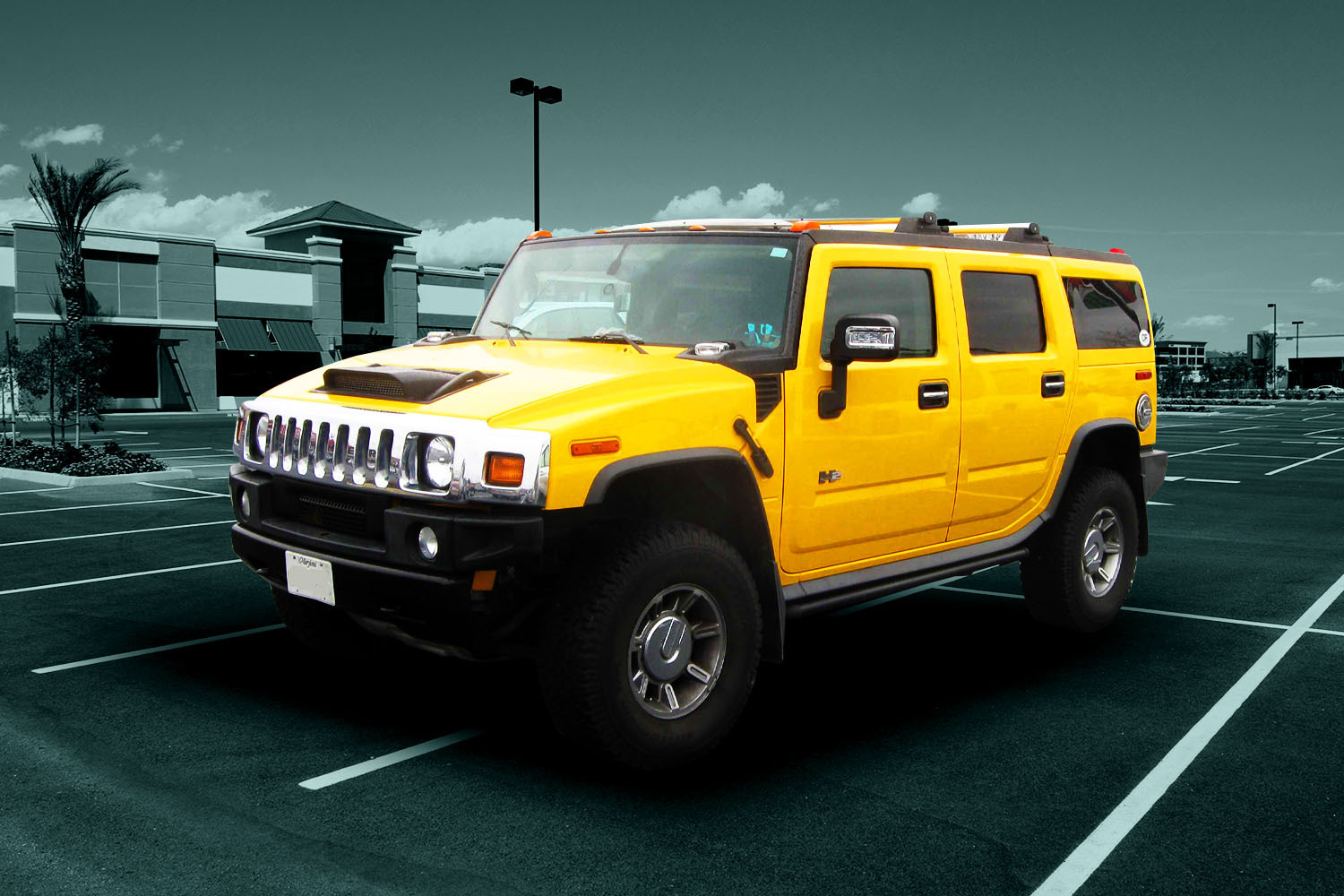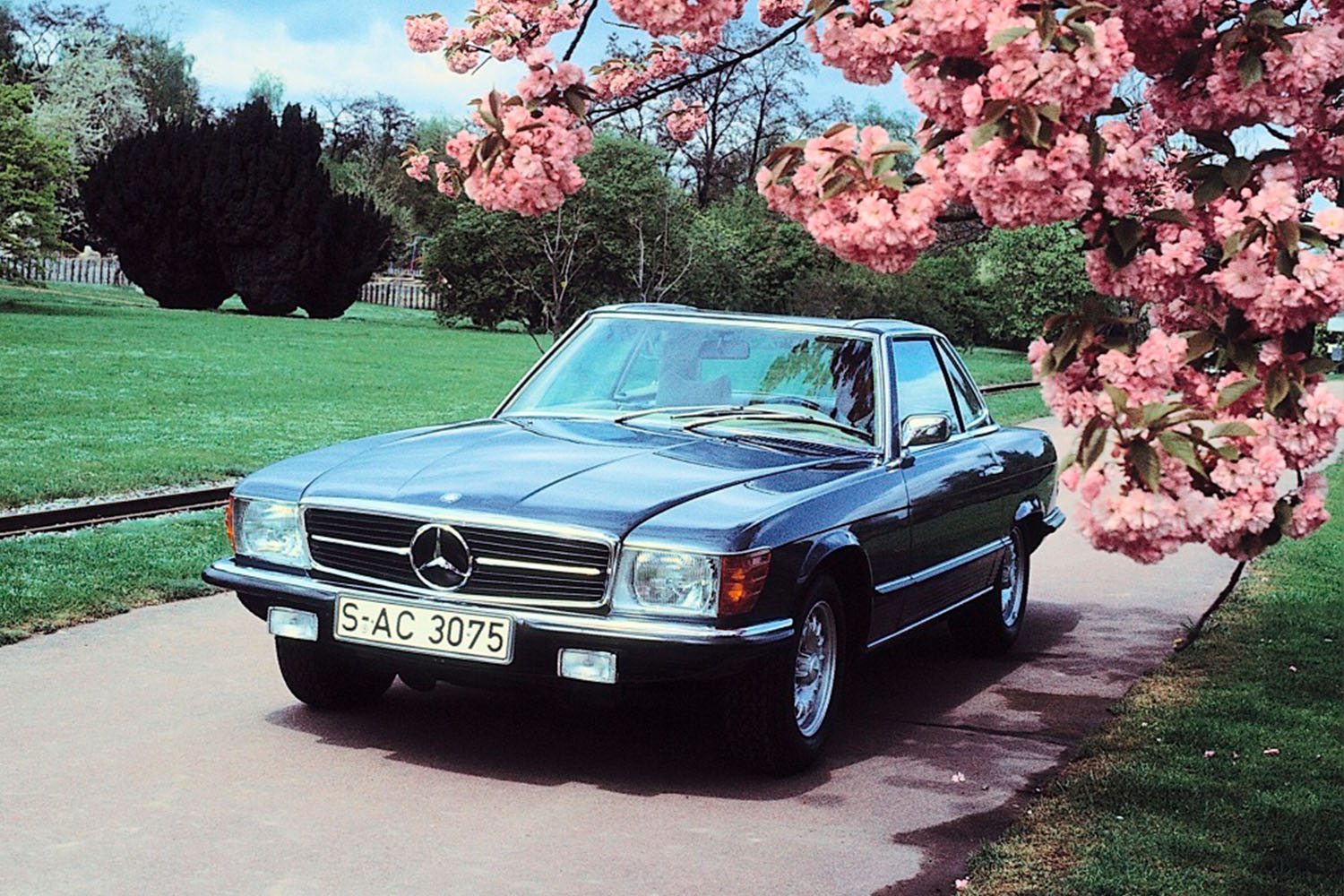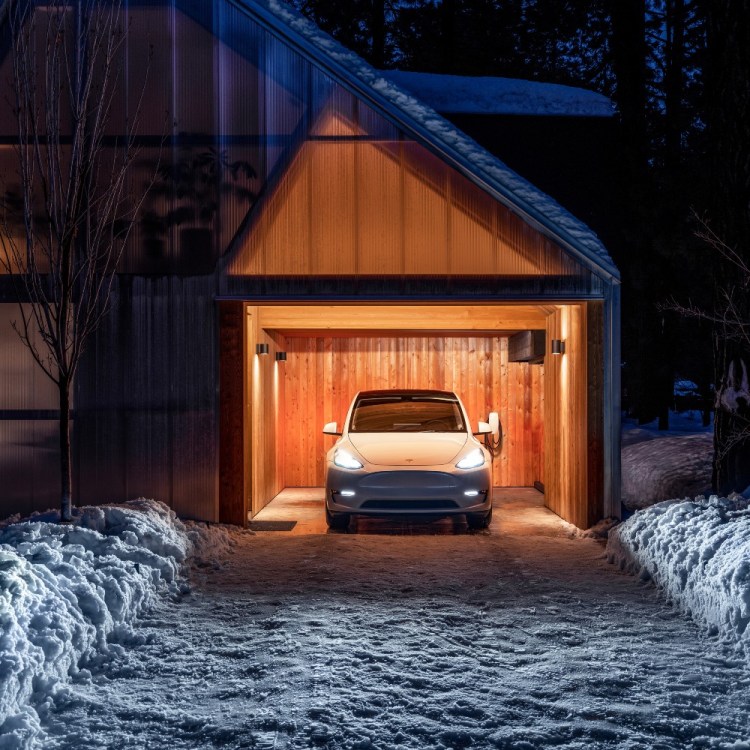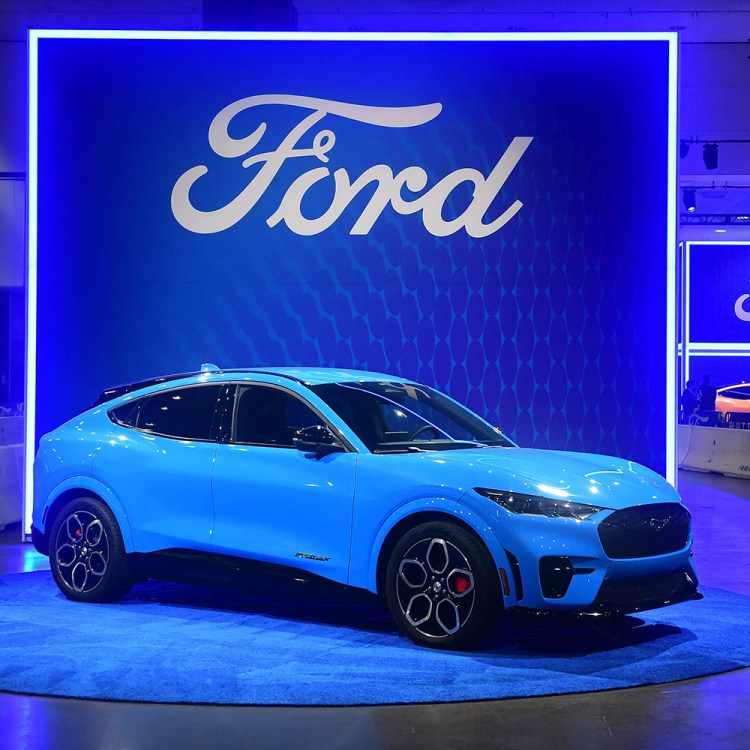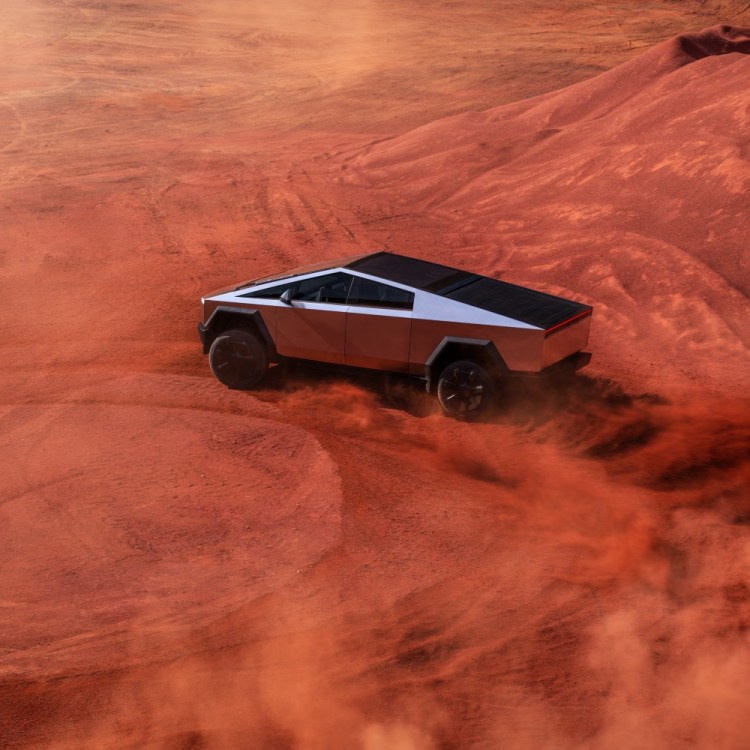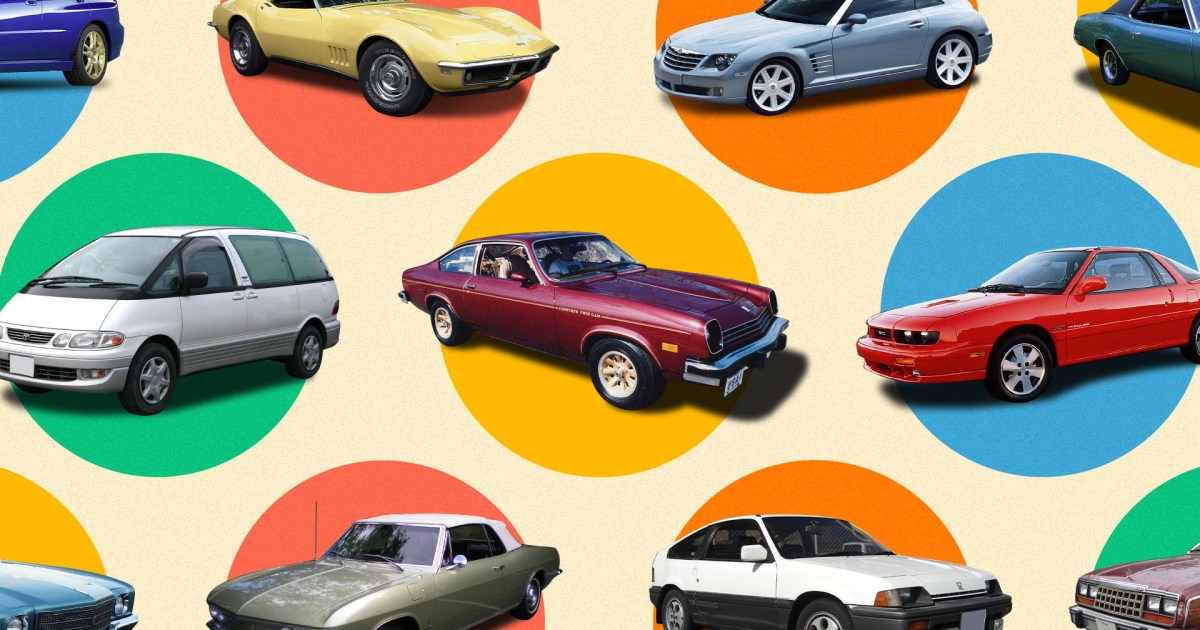
Generational shifts almost always wreak havoc on accepted pop-culture wisdom. As one cohort ages out of a particular scene — be it music, movies, fashion or design — a new group rushes into to fill the gap, bringing with them their own ideas about what’s cool, what’s not and most importantly, where you should turn your attention next.
The automotive world has always lagged behind when it comes to recognizing which of its past efforts are worthy of praise. Seen clinically, old cars are just that: consumer products that are past due, vehicles that have fulfilled their original purpose and now serve primarily as money pits or recycling fodder so that the next set of shiny paint jobs can move on down the assembly line and keep feeding the retail flames.
From a cultural perspective, however, vehicles are often indelibly associated with emotions, experiences and eras in our lives. Whether it’s your first taste of freedom through an inexpensive beater, the sports car you lusted after in poster form on the wall of your childhood bedroom, the car you were driving when you met your significant other or the ride in which your mom carted you around to soccer practice, we form subconscious bonds with these useful objects that can last well into adulthood, especially for enthusiasts.
Currently, the collector car world is deep in a phase of introspection as the old guard’s definition of “classic” is challenged by a fresh wave of drivers eager to own an entirely different set of vehicles culled from their own cultural past. As the previous stalwarts of the high-dollar auction scene (muscle cars, ’30s to ’50s hot rods and pre-war cars, mostly) begin to slowly fade from the collective zeitgeist, a rising tide of previously underappreciated autos are poised to take their place as the go-to rides for the latest group of gearheads.
What qualifies a classic car as “underappreciated?” These are models that for the most part have been shunned by the Boomer-fueled industry surrounding collector vehicles, usually because they fell outside the narrow definition of what was desirable due to their performance, vintage, styling, or even country of origin.
With today’s car fans no longer prioritizing American-made over Japanese imports, showing increasing interest in workaday trucks and SUVs, and overall much more open to metal from the Malaise (mid-’70s to early ’80s) and Rad (’80s to ’90s) periods, the doors have been thrown wide open for an entirely new set of cars and trucks to finally have their moment in the sun.
So we reached out to nearly a dozen automotive writers, media personalities and experts to get their opinions on which classic vehicles are criminally overlooked. Here, in no particular order, are the 50 most underappreciated collector automobiles of all time.
1950-1959
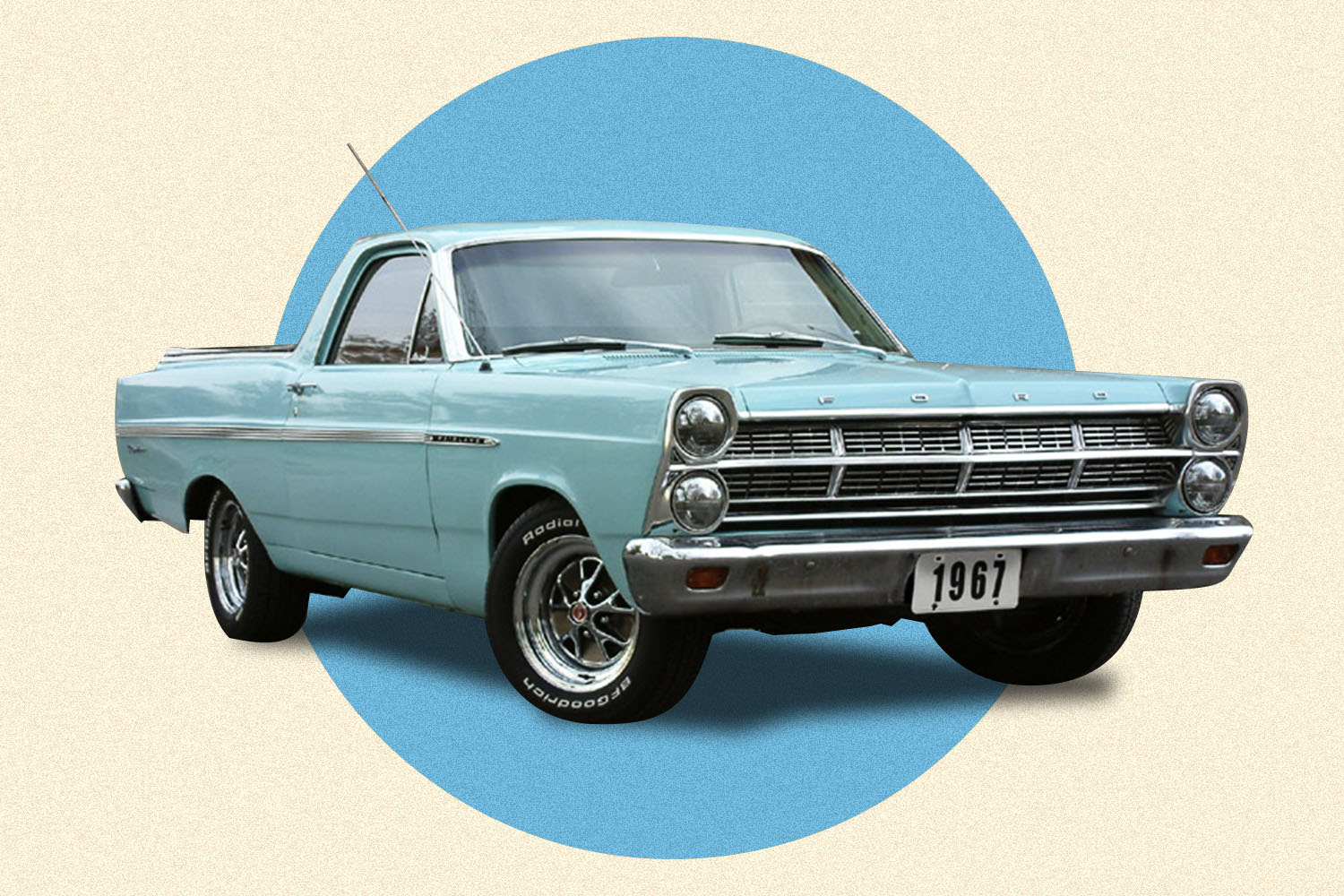
Ford Ranchero
1957-1979
Yes, that’s a thick slice of time covering a full seven generations of Ford’s car-truck (or is that truck-car?). Each version came with its own unique styling cues and platform details, but the basics are the same: a coupe with a utility bed parked out back and a wonderful array of V8 engine choices to be found up front. One thing every Ranchero has in common is that collectors simply don’t care about Ford’s little trucklet … or even remember that it actually hit the market before the much more famous Chevrolet El Camino.
1960-1969
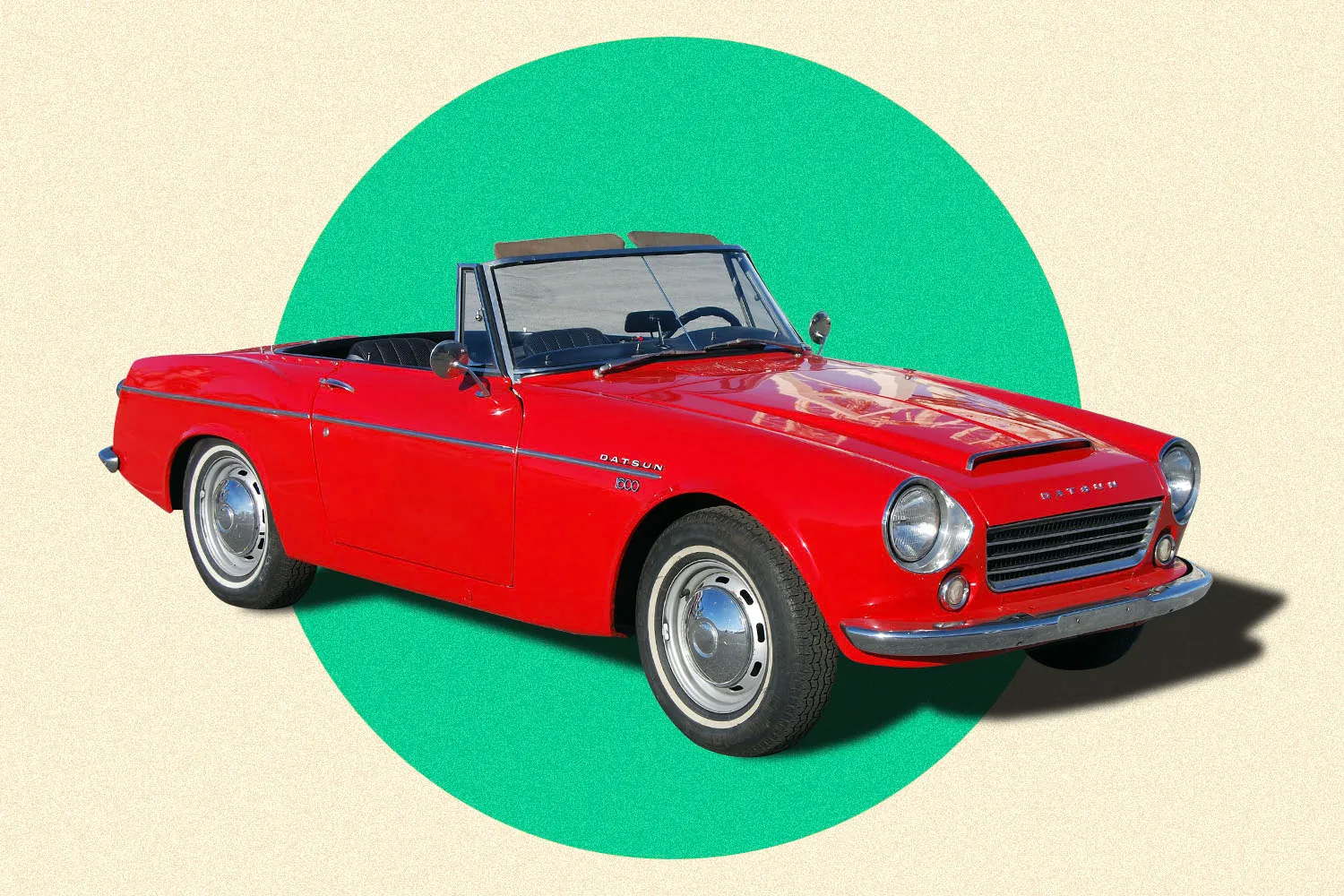
Datsun Roadster / Fairlady
1961-1970
“The Roadster’s details out-Europed the European competition (MG, Fiat, Sunbeam, Alfa Romeo) while not dropping parts along the road during your weekend country jaunt,” says Lyn Woodward (Kelly Blue Book, Automobile). The Roadster was the first Datsun to make waves outside of Japan, and it was remarkably quick when found in SRL311 trim with its 150-horsepower, 2.0-liter four-cylinder engine. “I prefer the pre-1968 model, before Ralph Nader’s safety inflictions raised the windshield height and removed the metal dash,” says Woodward.
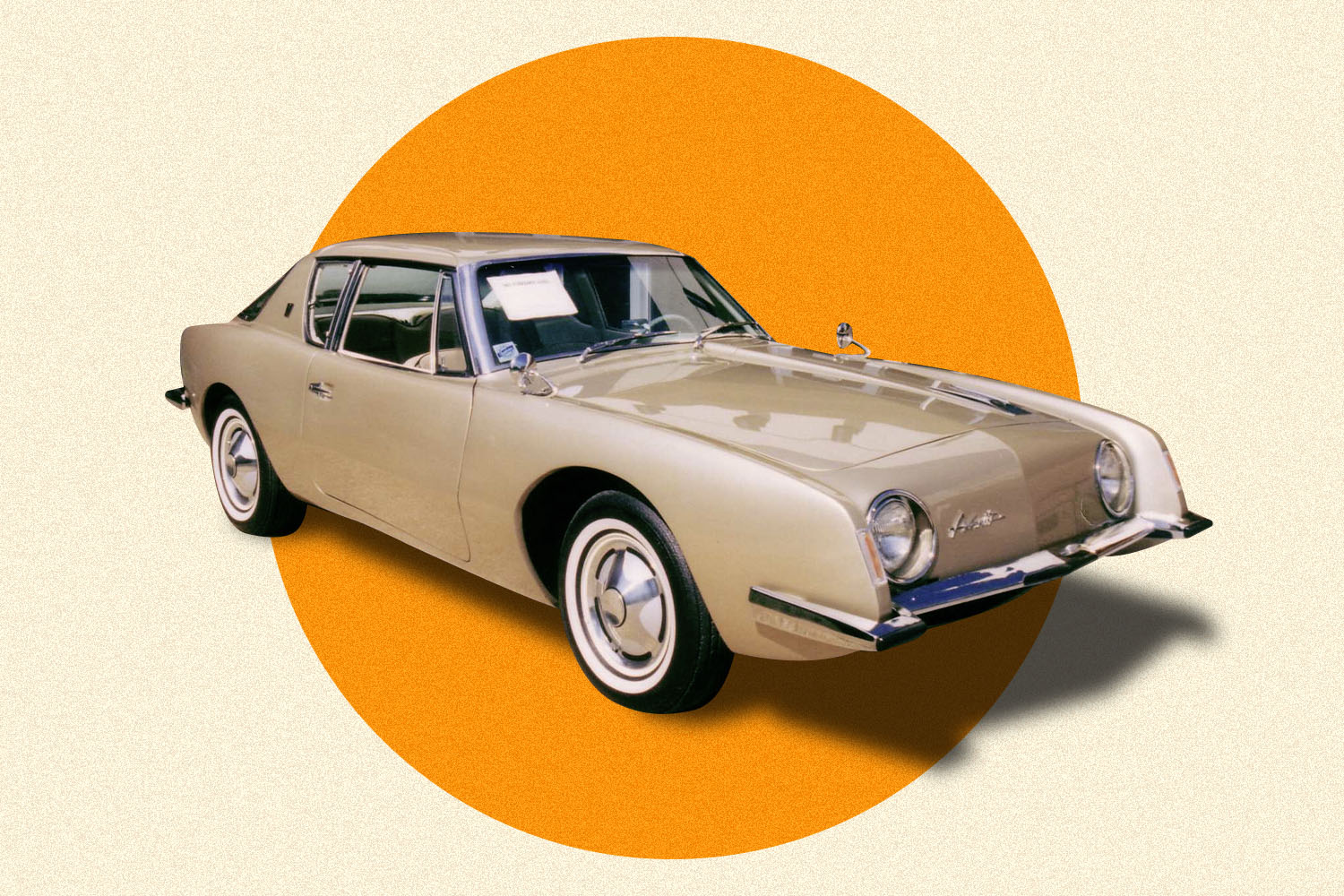
Studebaker Avanti
1962-1963
“Designed in just 40 days, and with underpinnings borrowed from a compact car, the Avanti’s looks are an acquired taste,” says Brendan McAleer (Road and Track, The Drive). “However, with a 289ci V8 and factory supercharging as an option, it’s one of the most audacious cars ever produced in the 1960s.” Easy to drive in today’s traffic thanks to good power and available disc brakes, the Avanti would go on to spawn a cottage industry of “continuation cars” built on a variety of different chassis for decades after Studebaker went out of business.
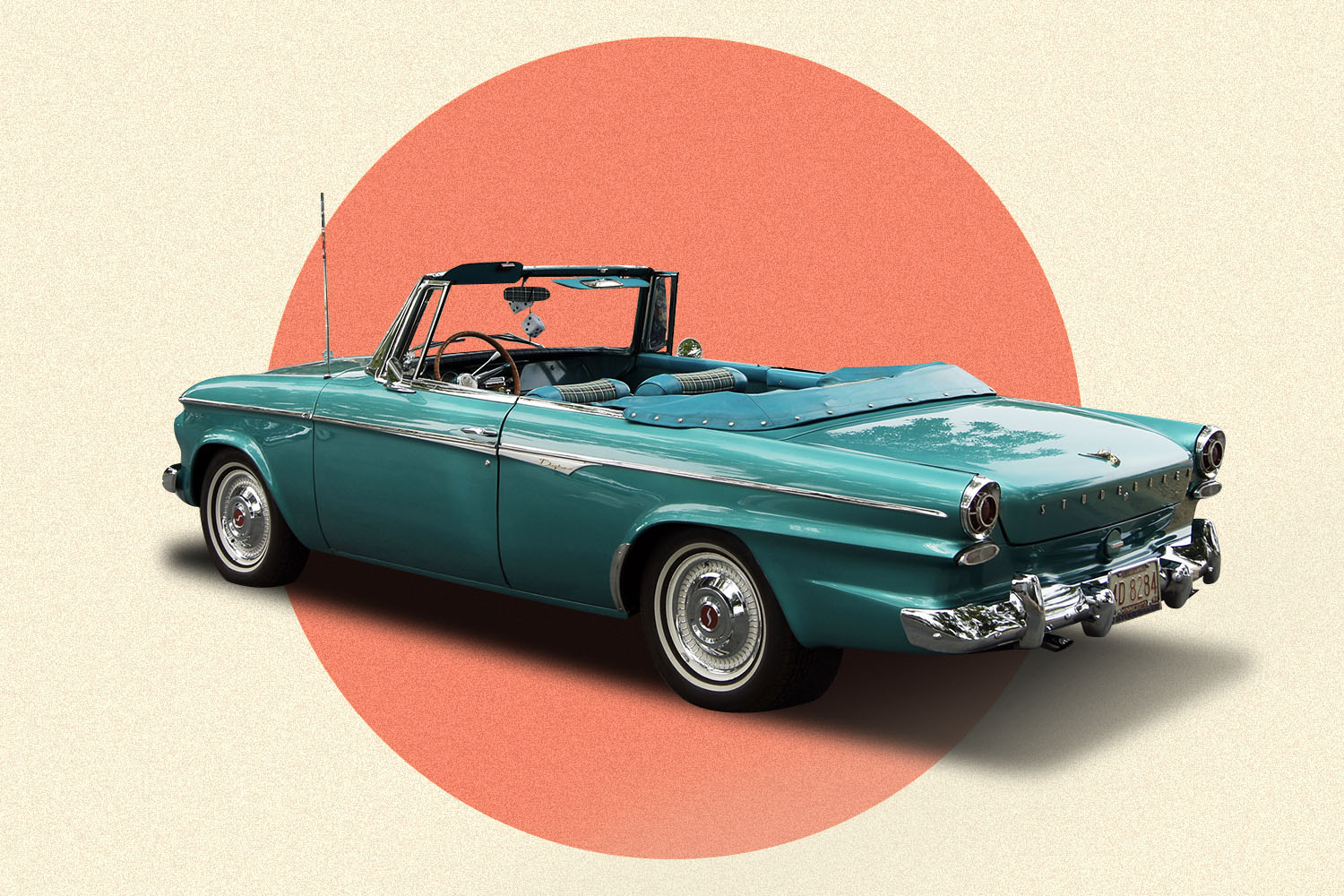
Studebaker Lark Daytona
1962-1963
Just before the South Bend-based brand was snuffed out by harsh economic realities, it did its best to make the Lark as interesting as possible to remaining buyers. Daytona versions of Studebaker’s compact Lark were treated to all of the bells and whistles in the company’s catalog, as well as the choice of four V8 engine options (plus R1, R2 and R3 supercharged drivetrains). The Daytona could be found on coupes, convertibles and the Wagonaire wagon (which also featured a unique retractable steel roof for hauling taller cargo). Few small cars of the same era were as diverse, as quick or as unceremoniously ignored as the Lark.
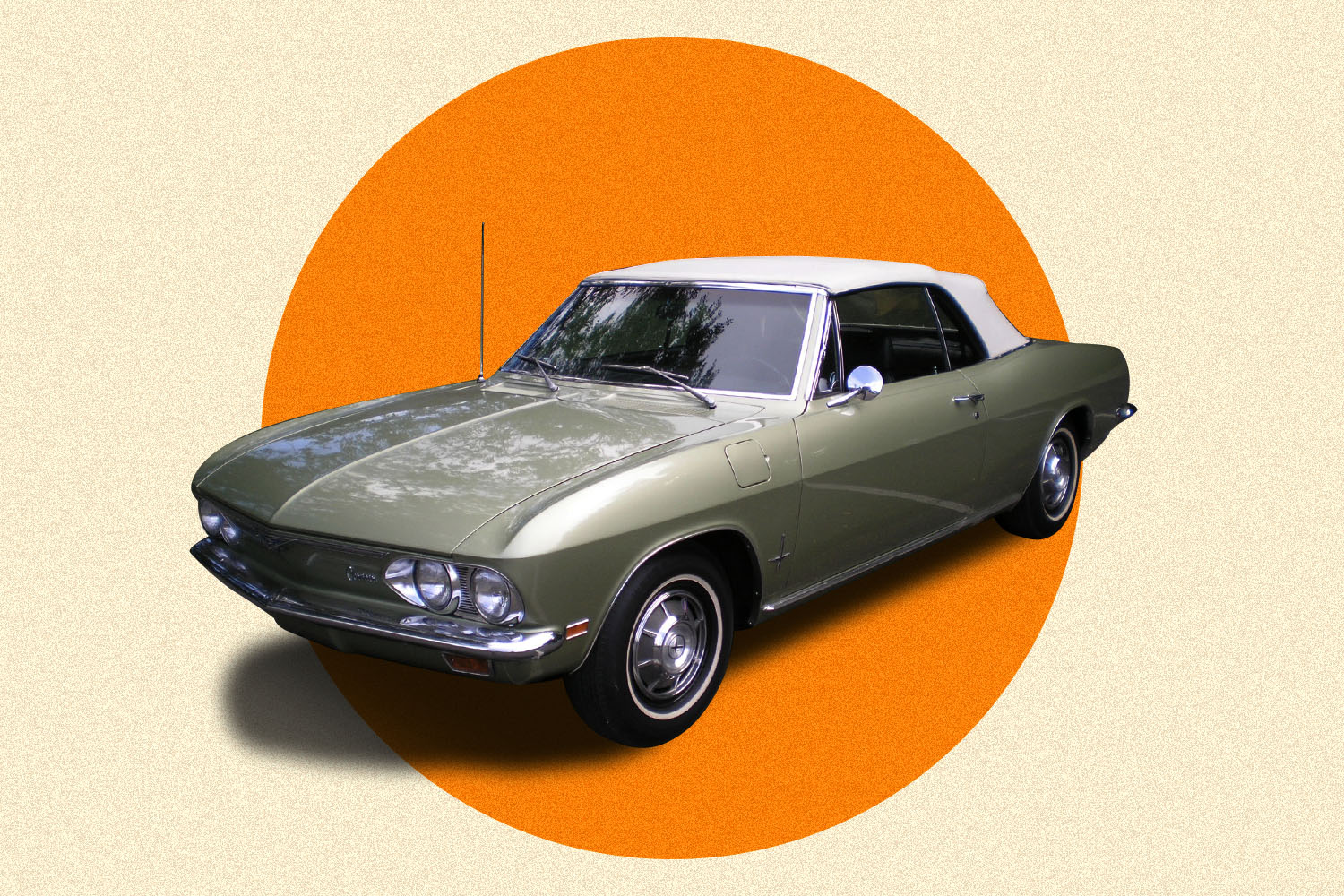
Chevrolet Corvair
1965
“GM actually spent the money to make it good. Almost great. The styling came into its own, like a teenager finally becoming an adult,” says Derek Powell (Motor Trend, Top Gear America). Chevrolet’s redesign of the car Ralph Nader had dubbed “unsafe at any speed” largely corrected any perceived dangers and created a legitimately sporty alternative to European imports at the time, but the Corvair remains on the periphery of respectability. “It offered a turbocharged engine, a 140-mph speedometer, a fully articulated rear suspension, and was truly a car ahead of its time in many respects,” says Powell.
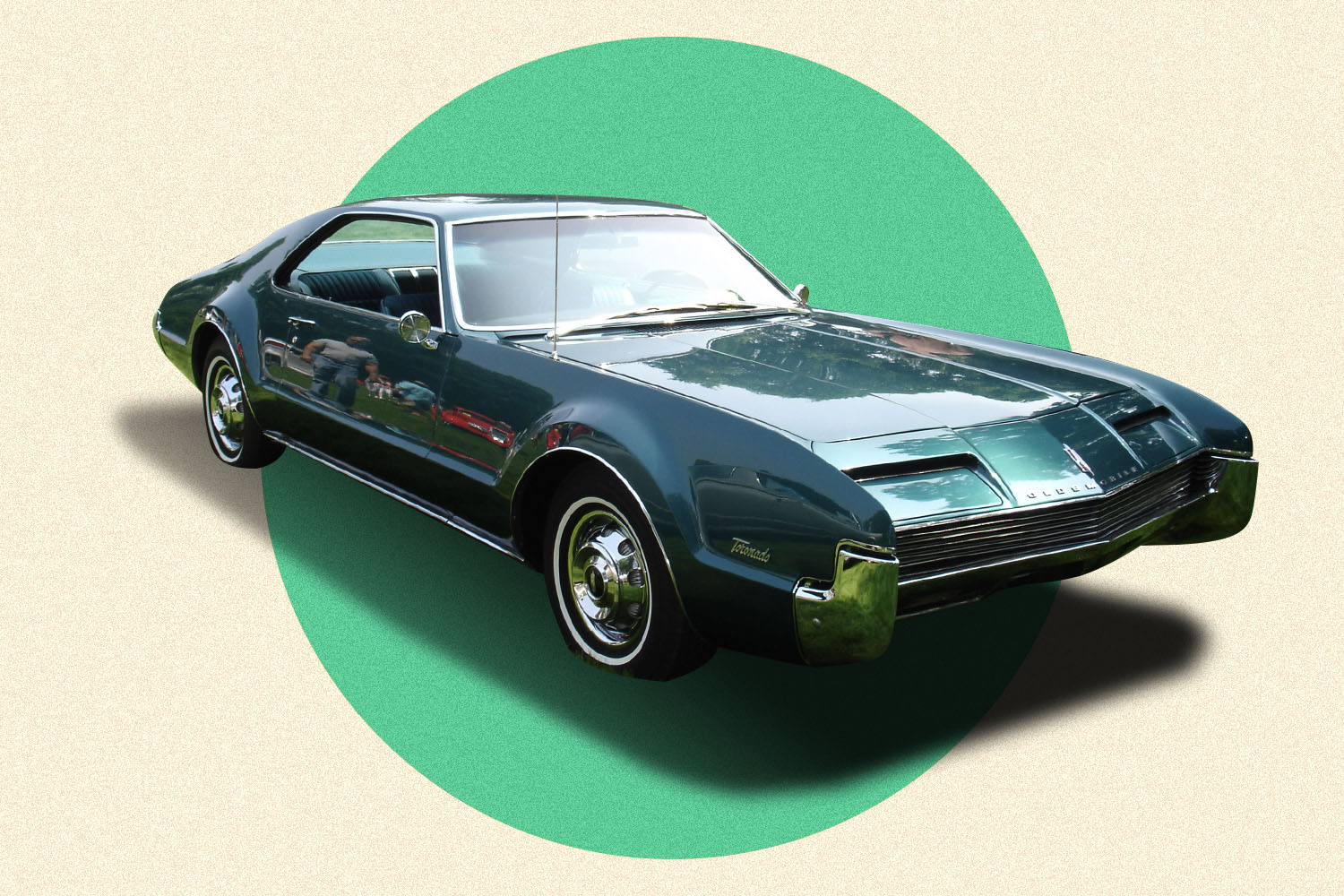
Oldsmobile Toronado
1966-1967
“The Oldsmobile Toronado is mostly remembered for being GM’s first front-wheel-drive car, a fact that most car people don’t get excited about,” says Brian Rabold (Hagerty). “Forget that notoriety for a second, though, and just take in the design — it looks like little else on the road, before or since.” You’ll pay much, much more for a same-era Buick Riviera, an equally style-forward coupe riding on the same platform (albeit in rear-wheel drive form). Why not take the Toronado discount instead?
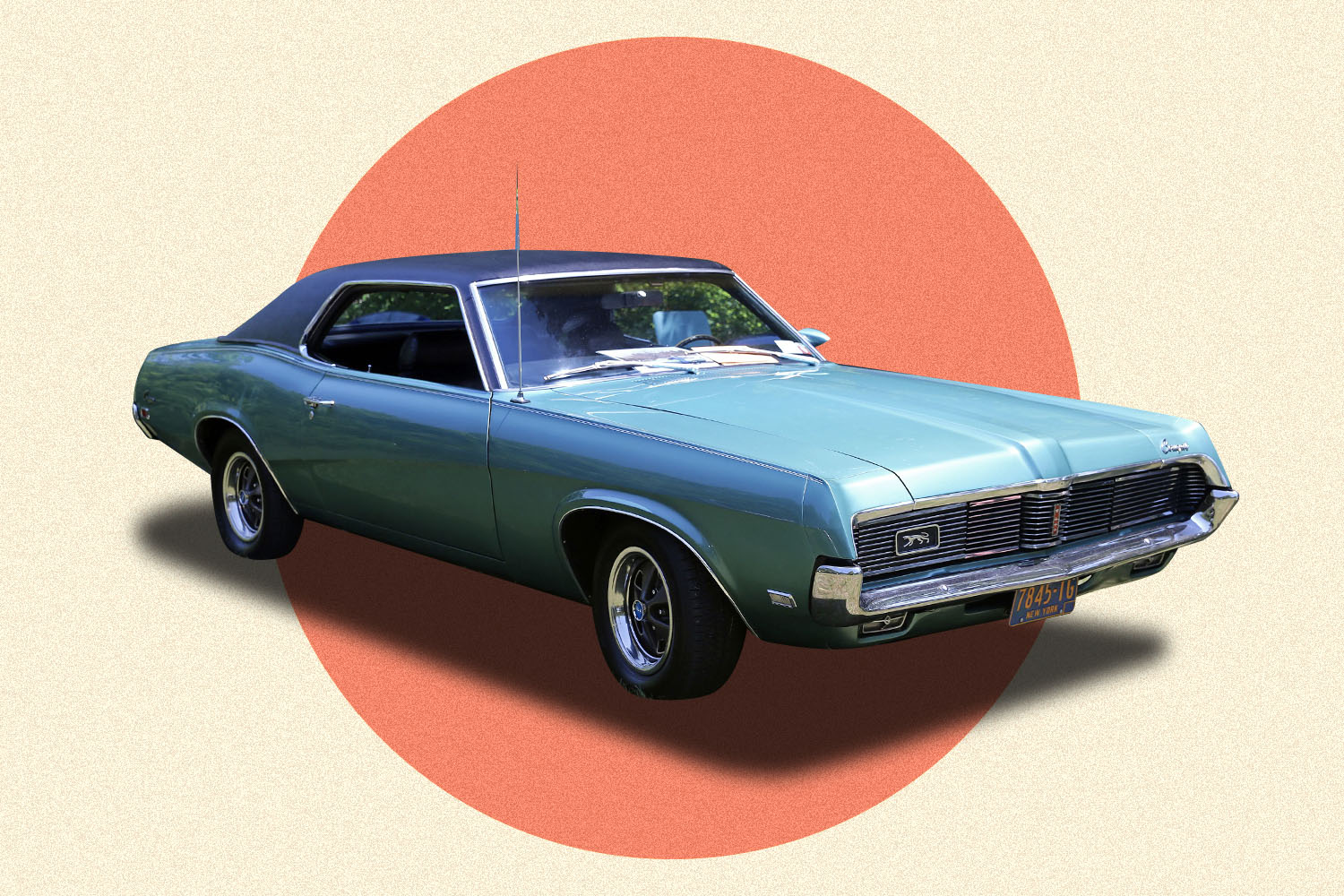
Mercury Cougar
1967-1970
It’s tough having a famous sibling, particularly if you decide to grow in a different direction than the family member getting all of the love. So it goes for the first-generation Mercury Cougar, a coupe/convertible that provided a more luxurious take on the Ford Mustang platform and was roundly ignored for its efforts. Despite some interest from road-racing fans impressed by the prowess of Dan Gurney’s Trans Am success behind the wheel of Mercury’s muscle machine, the Cougar remains the best way to snag Mustang performance with distinctive styling at a substantial discount.
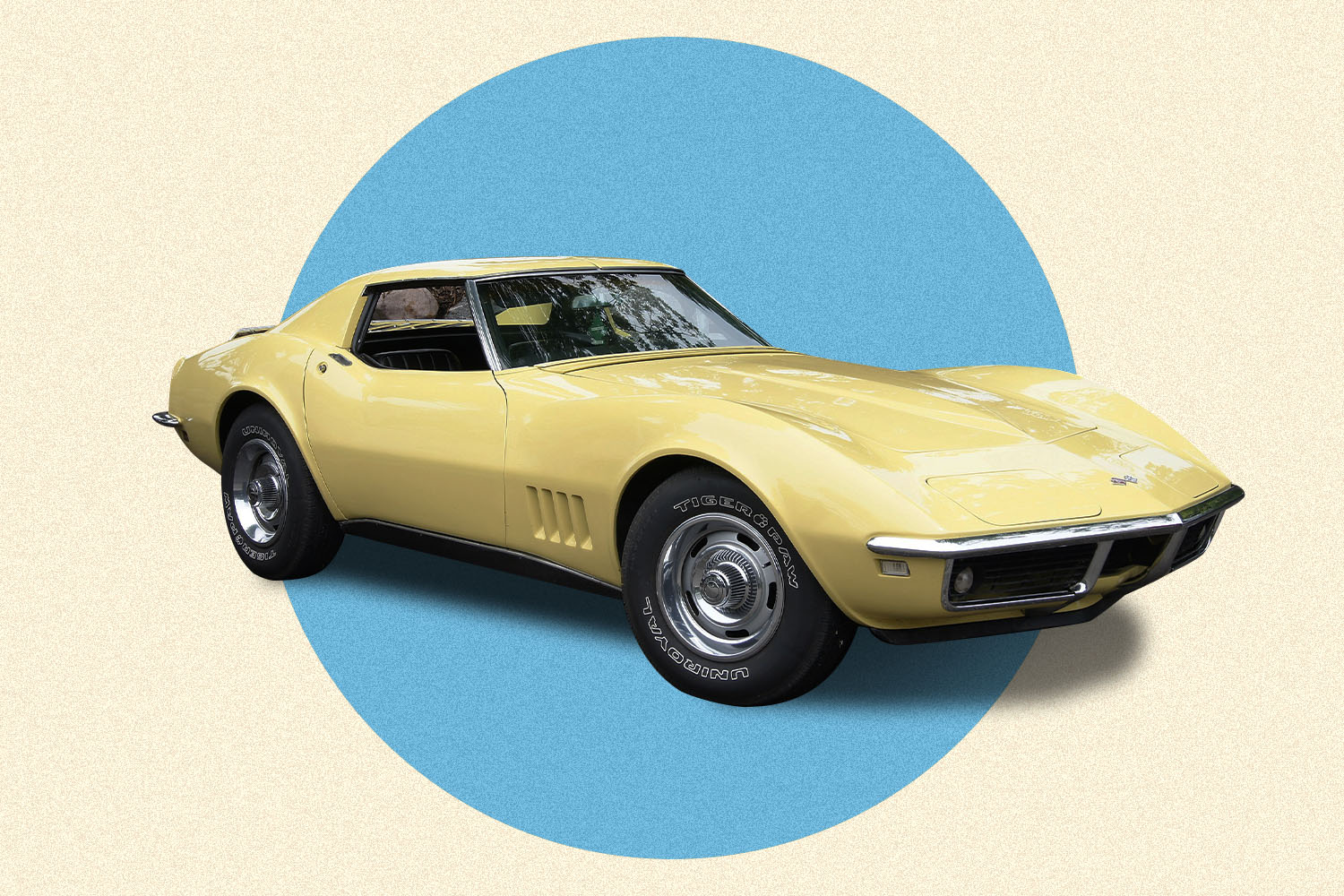
Chevrolet Corvette
1967-1982
The C3 Corvette has its glory years, particularly the early Stingrays, but once the ’70s rolled around, the “disco Vette,” as it was disparagingly known, would fall victim to a performance dip due to EPA regs choking out its previous big-block glory. Easily rectified with a few modern modifications, these cars retain classic Corvette looks but have been tuned out by the auction set, especially later cars with integrated body-color bumpers. “I want all of ’em,” says Elana Scherr (Car and Driver, Roadkill). “Look at ’em. So pretty.”

Volkswagen Thing
1968-1983
“It’s slow, unreliable, dangerous and uncomfortable, but it’s still so charming,” says Emme Hall (Roadshow). “There has never been anything like its boxy shape, seemingly formed out of corrugated cardboard.” The Thing shared its platform with the early VW Microbus but never tapped into the crazy love showered on that multi-passenger model in terms of pricing or collector attention, despite its unique convertible design and dead-simple, Beetle-sourced mechanical details.
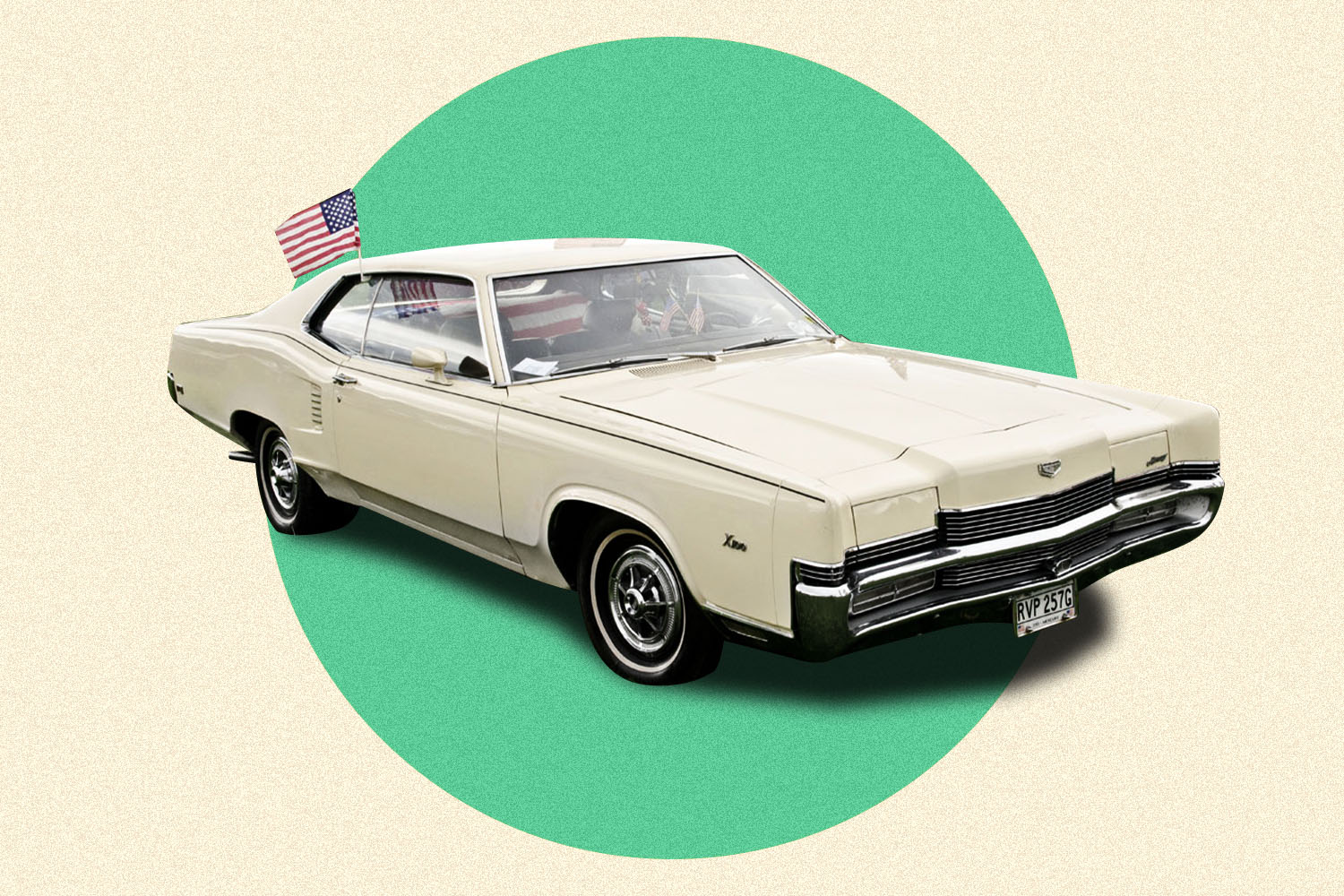
Mercury Marauder X100
1969-1970
It’s a great big American coupe with an equally enormous big-block V8 engine, and few vehicles of its era could match the boldness of its claim to performance-car status. With 360 horsepower and 480 lb-ft of torque on tap from its 429-cubic-inch Cobra Jet-derived engine, the Marauder X100 (which was based on the Mercury Marquis) had enough grunt to motivate its 19 feet of tonnage in a reasonably quick fashion. Big boned and blunt, the X100 was a sledgehammer that sounded the death knell for desirable Detroit excess at the beginning of the 1970s.

Gurgel Motores
1969-1994
“Personally, I especially like Gurgels, which use easy-to-maintain air-cooled VW mechanicals but have bodies that range from VW Thing-like off-roaders to van-like oddities that look like background cars in Sci-fi movies,” says Jason Torchinsky (Jalopnik). Brazil-based Gurgel Motores made roughly 16 different models in its 25 years of operation, including an early electric car, a number of SUVs and a long list of city cars and “super minis.” Almost none of these vehicles are even on the radar of collectors outside of South America.
1970-1979
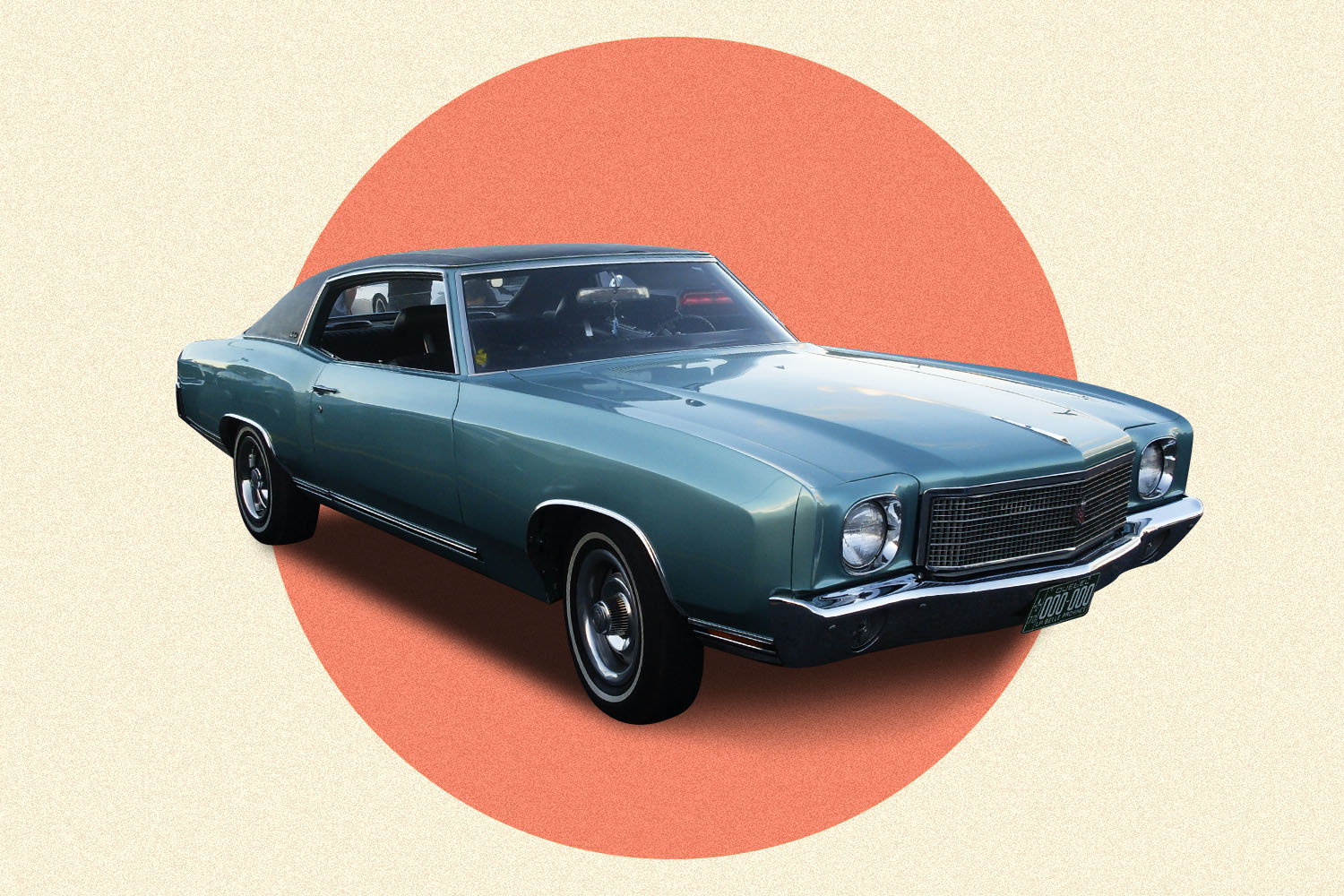
Chevrolet Monte Carlo
1970-1972
The very first Monte Carlo is also a convenient back-door into muscle-car ownership for those who don’t mind a larger form factor. Far from a whale, Chevrolet’s personal luxury car had access to nearly all of the same engines offered by the smaller Chevelle of the same years, which means big blocks and small blocks abound. Why pay more to join the already-packed Chevelle crowd when 400- and 454-cubic-inch engines will get you where you’re going just as quickly in a Monte?
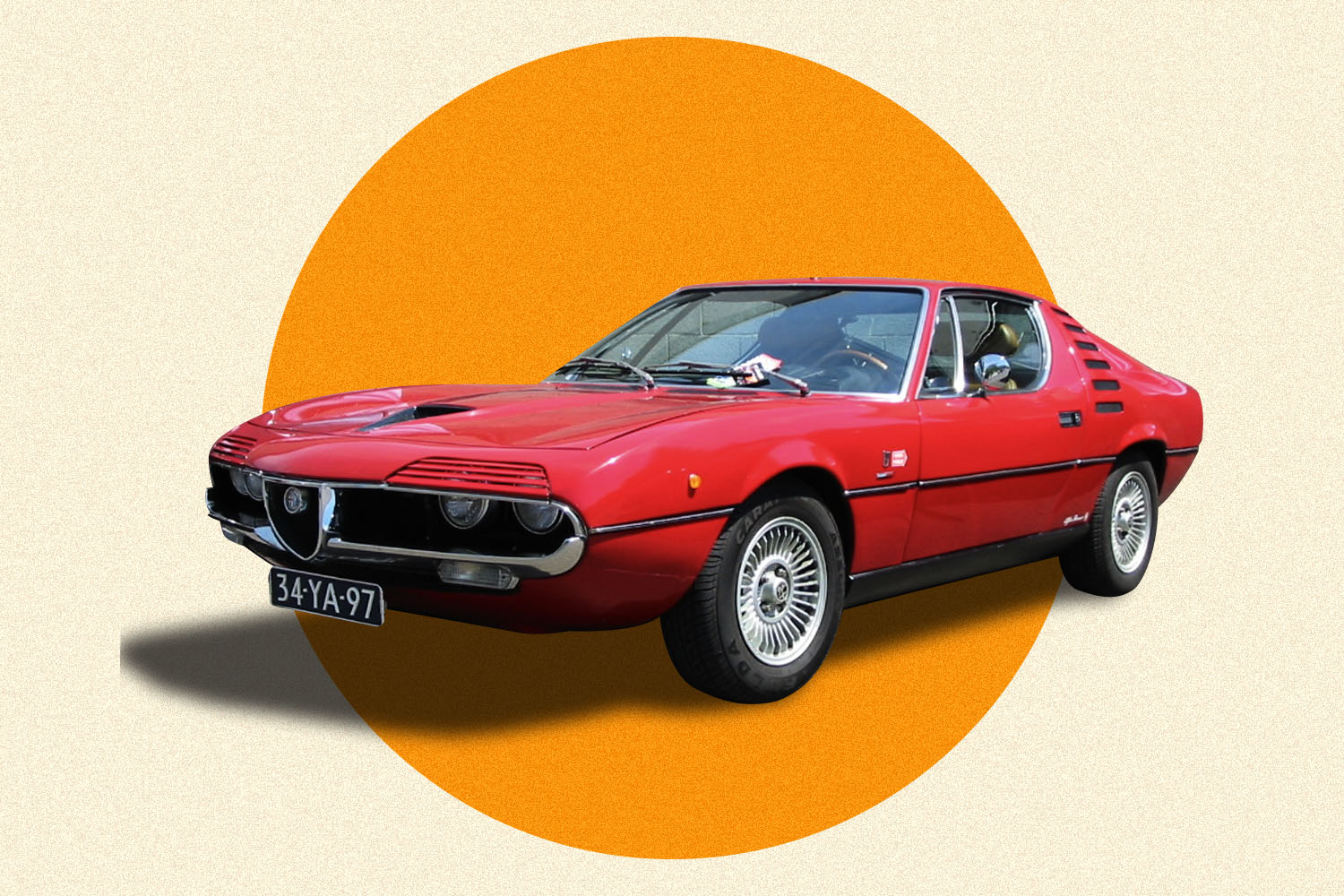
Alfa Romeo Montreal
1970-1977
Named after its initial appearance as a concept at Montreal’s Expo 67, this Alfa Romeo’s cross-plane V8 and dramatic C-pillar made it sufficiently exotic for fans of Italian sports cars of a similar vintage. “I don’t know if an $80,000 classic can really count as underappreciated, but if this thing had a bull logo on it there’d be posters of it in every old garage.” says Elana Scherr. Collectors have slept on the Montreal until very, very recently, as Alfa Romeo’s ’70s efforts are only now beginning to be recognized as equally worthy of Ferrari and Lamborghini accolades.
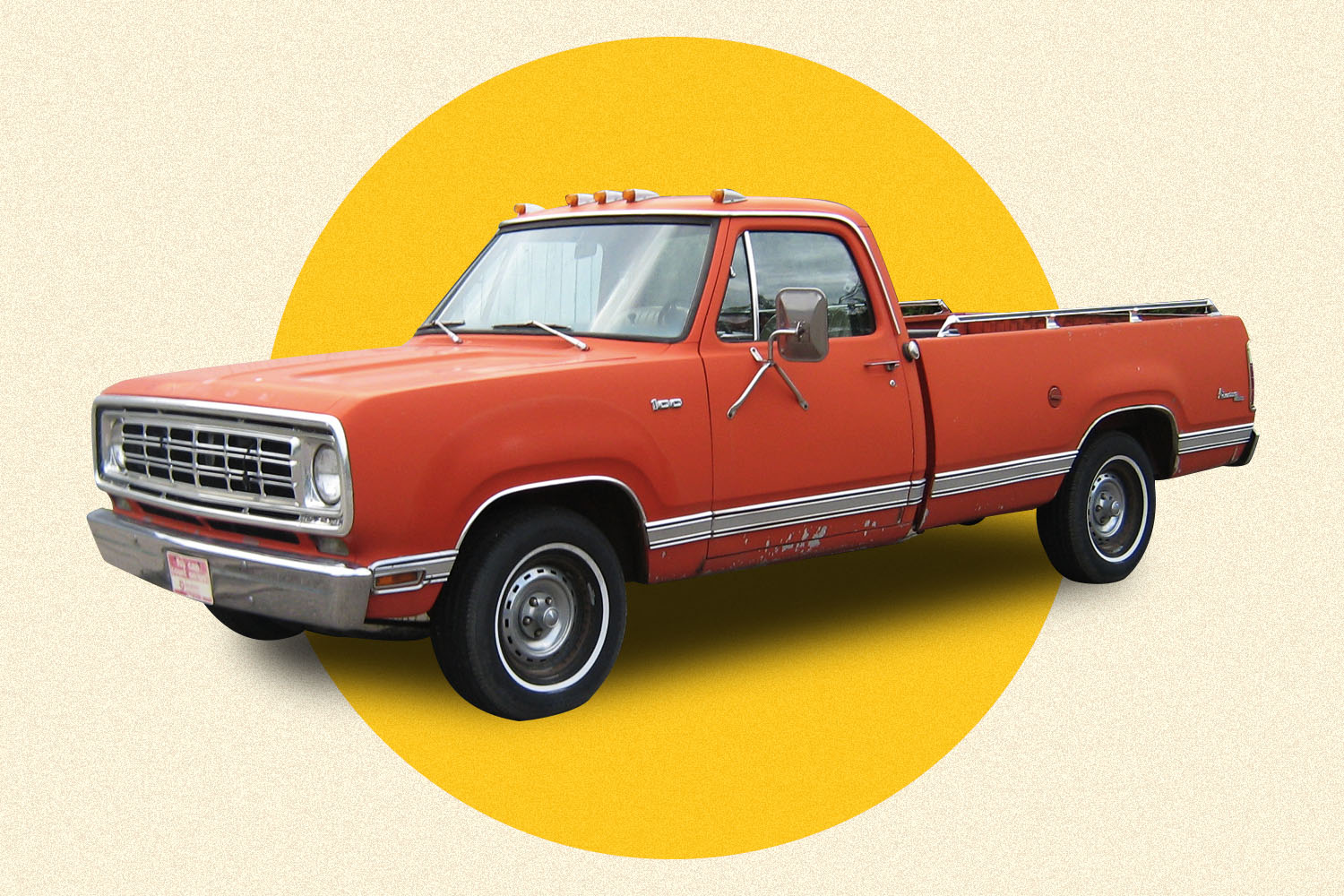
Dodge D100
1972-1980
The Chevrolet square-body pickup has a massive following, and even the end-of-decade F-150 has begun to catch on with collectors. The poor Dodge D100, however, has few fans outside a diehard group of Mopar enthusiasts. This is despite a run of special models (Adult Toys, Macho Power Wagon, Jean Machine, Top Hand, Adventurer, Warlock, Lil’ Red Express) designed to drum up interest in the pickup when it was new, but now obscured by the mists of time and the fickle nature of truck collectors. Grab one while big blocks are still pennies on the dollar compared to their Bowtie-wearing rivals.
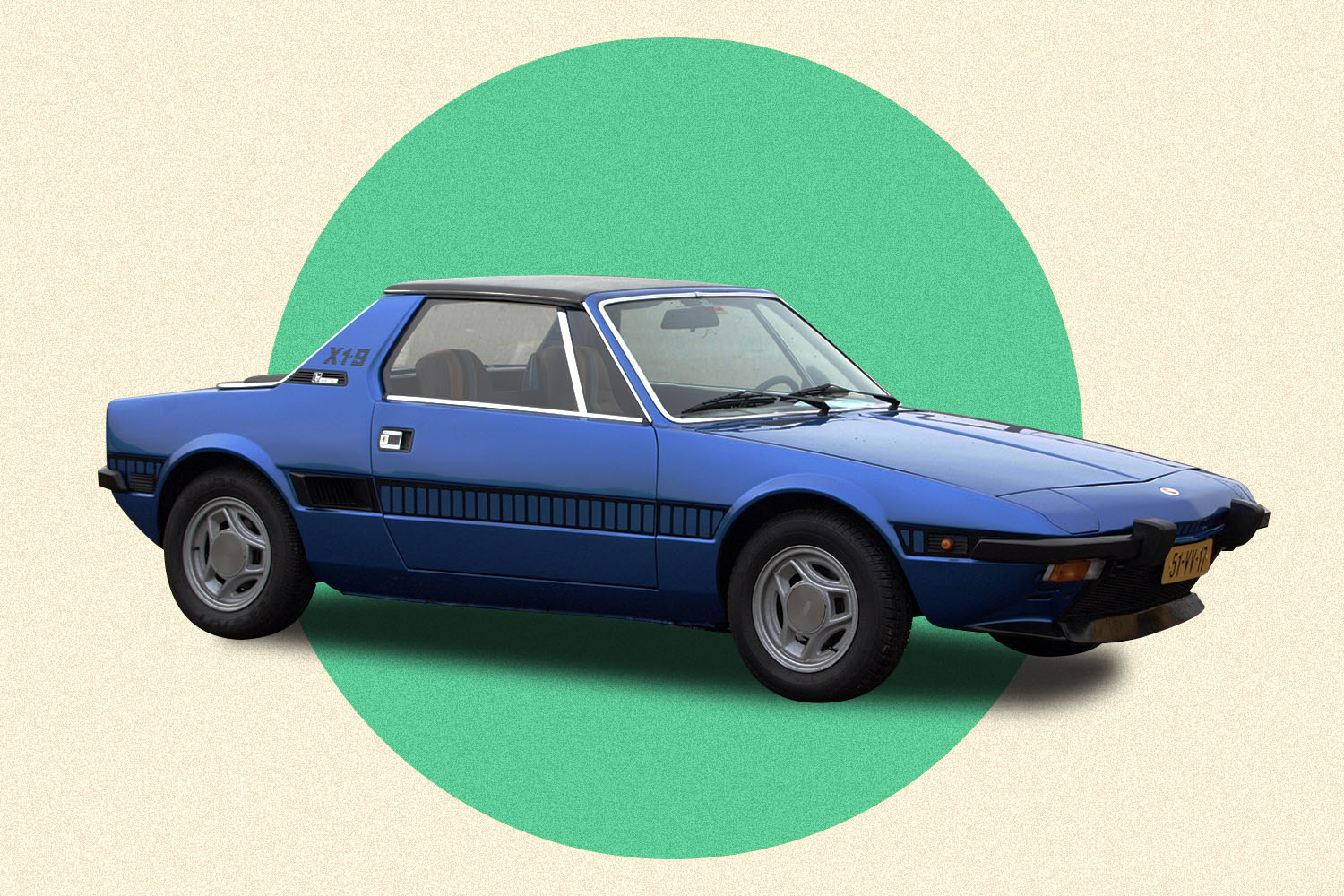
Fiat X1/9
1972-1982
“Do not expect a trouble-free ownership experience, but do paint your little Fiat lime green and watch classic Ferrari and Lamborghini owners treat you as one of the family,” says Brendan McAleer. With its mid-engine wedge proportions and remarkably affordable purchase price, the X1/9 is a consistently overlooked Italian sports car that traded horsepower for handling thanks to its lightweight design. “The X1/9 offers fairly modest performance even with period-correct modifications, but it is really good fun to drive, and it looks like a baby Urraco,” explains McAleer.
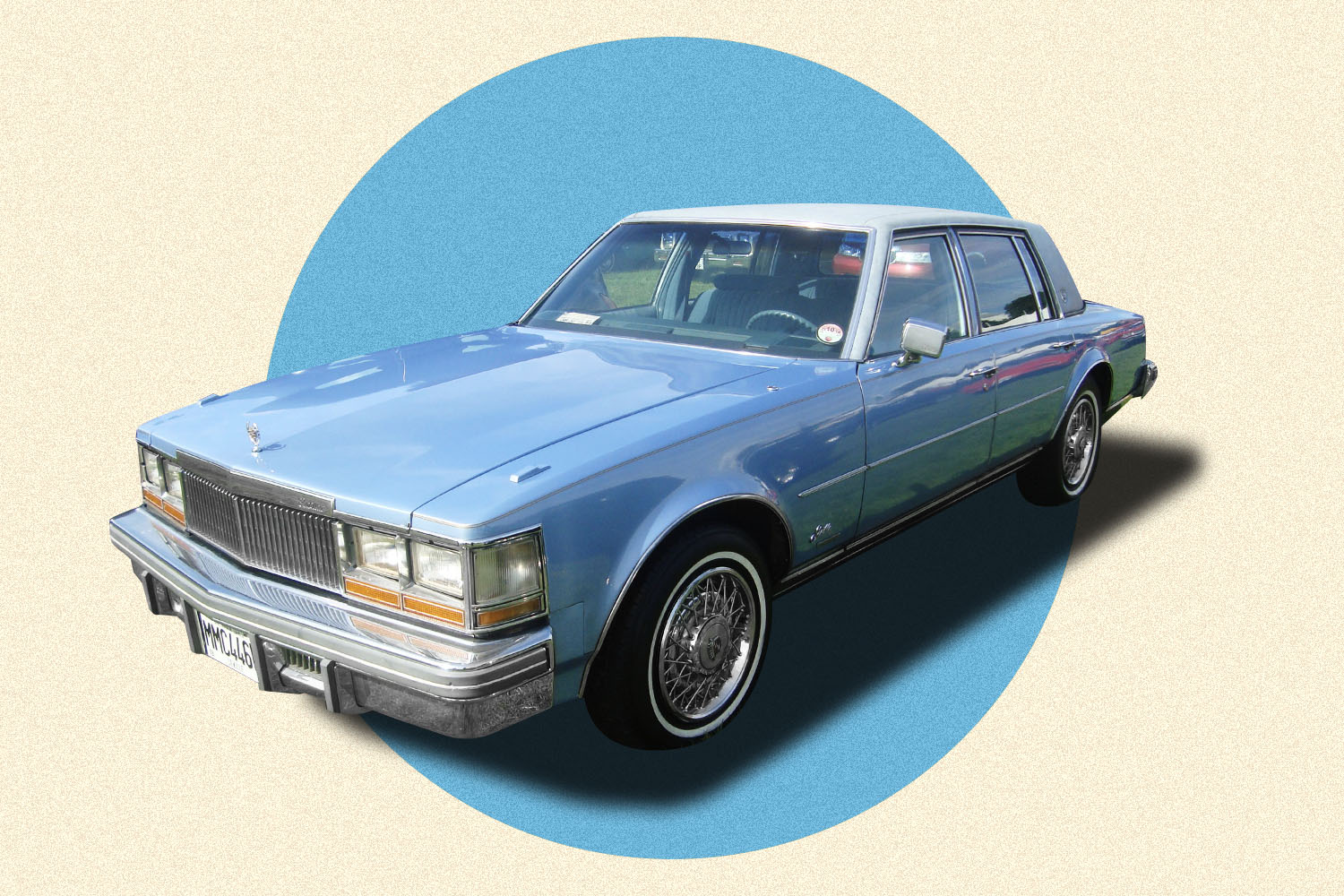
Cadillac Seville
1975
“In an era of bloated behemoths, the Seville sported crisp proportions and a modern look. Its fuel-injected 350 made nearly as much horsepower as Cadillac’s massive 500,” says Derek Powell. History has not been kind to Cadillac’s down-sized era, which began with the Seville’s parts-bin platform, but these cars lack the unwieldy dynamics of larger mid-decade luxury cars, and are reasonably modern in their execution. “It was the right car at the right time,” says Powell.
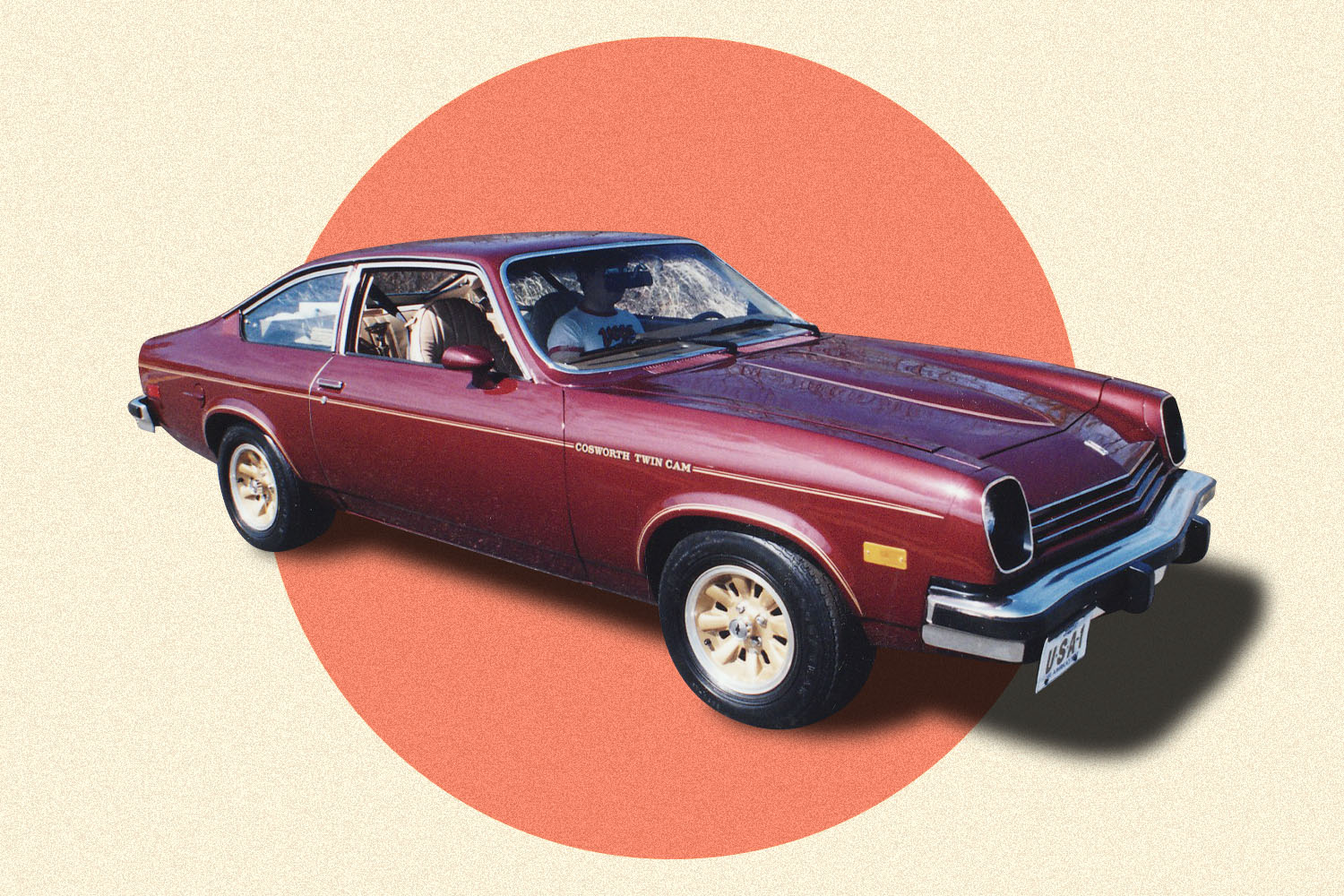
Chevrolet Cosworth Vega
1975-1976
“If Chevy had made every Vega like this, it would have absolutely dominated the small-car market in the 1970s,” says Powell. “As it was, the Cosworth Vega was nearly double the price of a standard Vega, but well worth it.” The Cosworth’s scarcity has conflicted with its status as a mid-’70s mutt tarnished by the lesser achievements of the standard Vega, leaving this skunk-works special model to languish in the eyes of collectors despite its appealing performance. “The twin-cam four-cylinder was exceptionally durable, decently powerful and had EFI — a first for any Chevrolet,” says Powell.
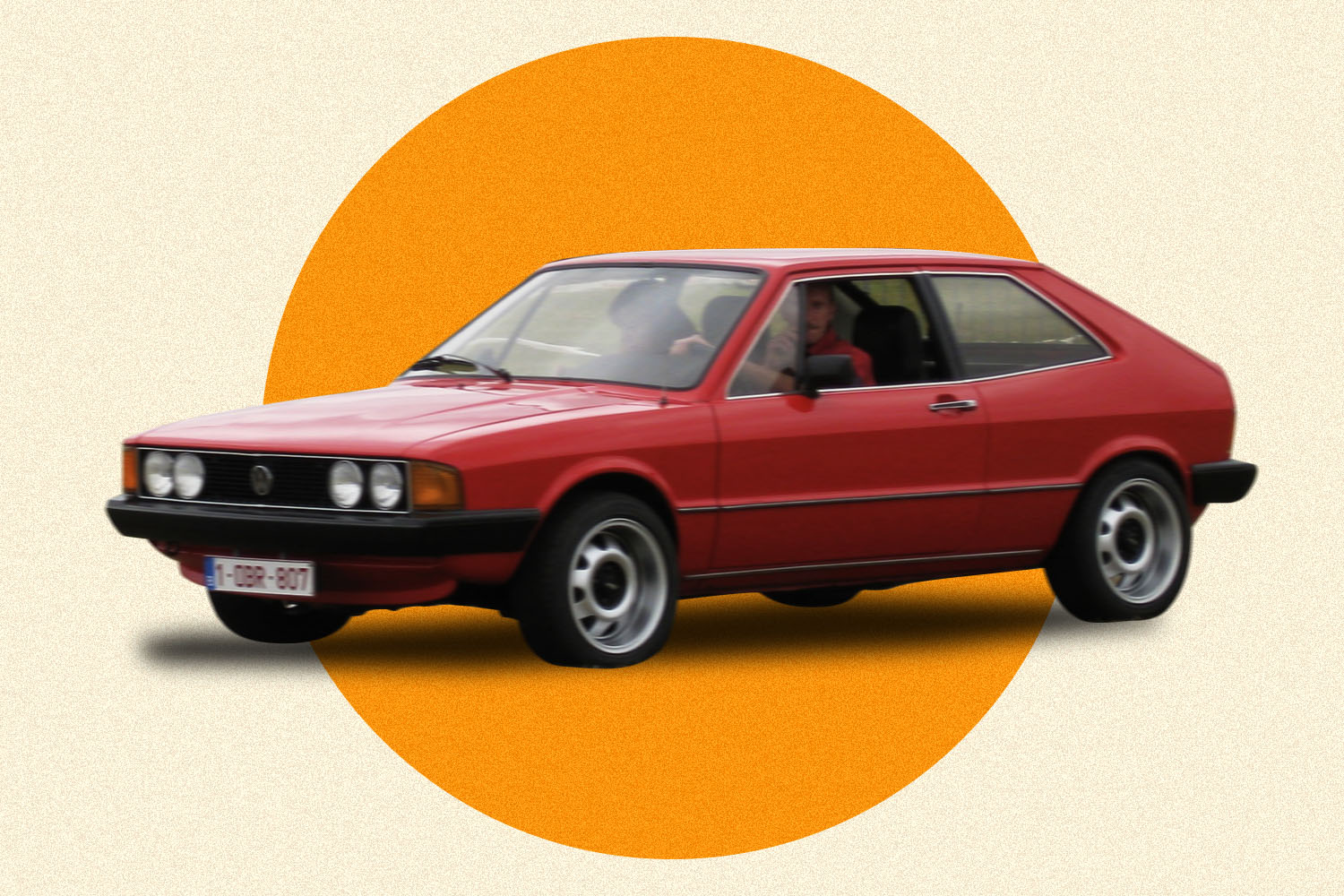
Volkswagen Scirocco
1975-1981
The first-generation Scirocco has gotten none of the love showered in the original Golf, even though both were available in a sporty GTI trim. The catch for Volkswagen’s coupe is that those three little letters were restricted to the European market, with its more modest four-cylinder options not quite as exciting in the United States. Still, its dramatic Giugiaro body shape, reworked Golf platform and the ease with which mechanical upgrades can turn it into a screamer are all strong points for pushing the Scirocco into the collector mainstream.
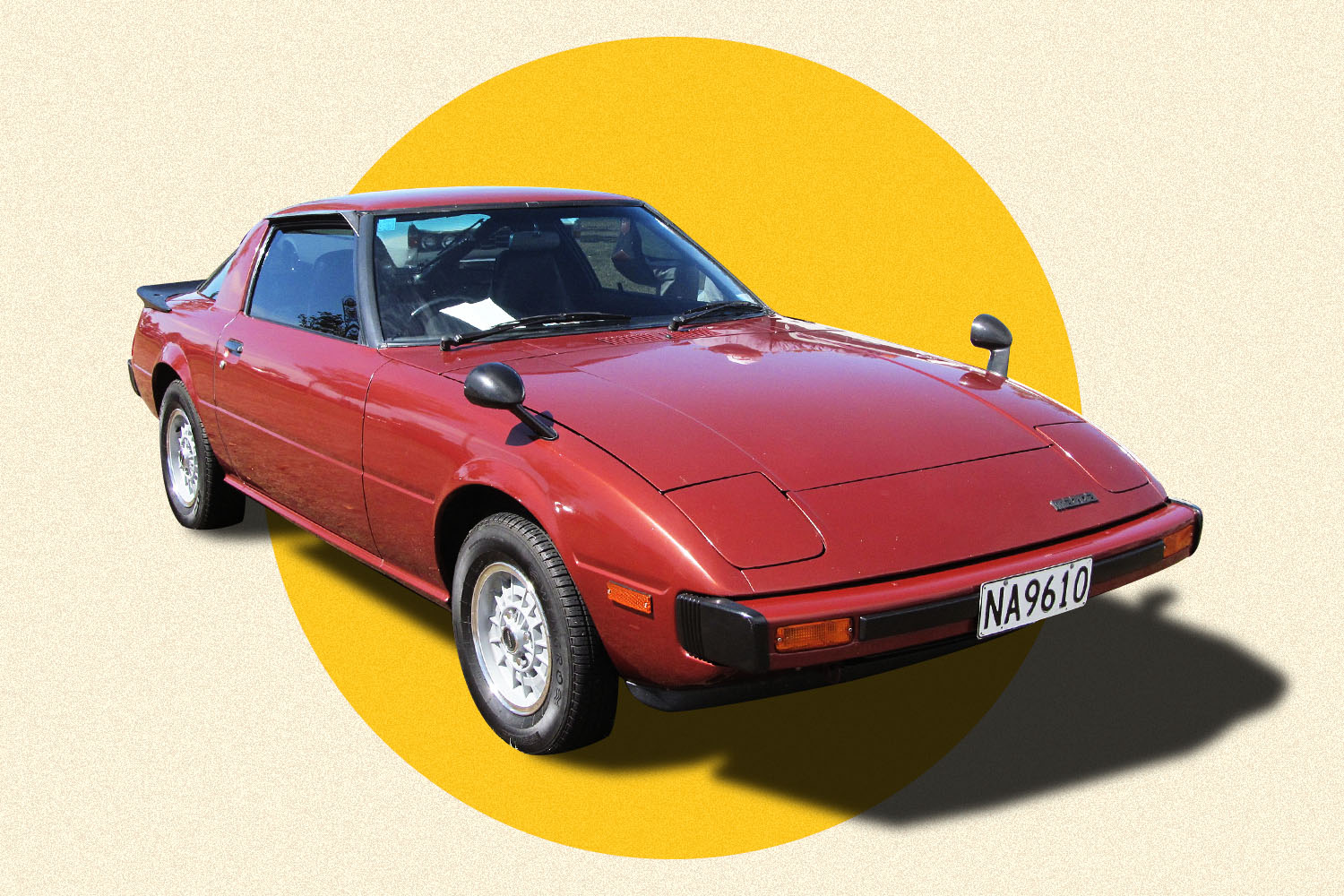
Mazda RX-7
1978-1985
Both the SA22C and the FB generation RX-7s are covered by this stretch of model years, but each provides fundamentally the same package: a high-revving rotary engine motivating an ultra-light sports car featuring pop-up headlights and dead-simple (once you get past the lack of pistons) mechanicals. Although later RX-7s are collector darlings, the early cars are fantastic to drive and cost a tenth of what you’ll pay for a ’90s version. The most potent of the bunch is the fuel-injected, 1985 GSL-SE, but if you don’t want to pay that premium, you can’t go wrong with any version of this ground-breaking coupe.
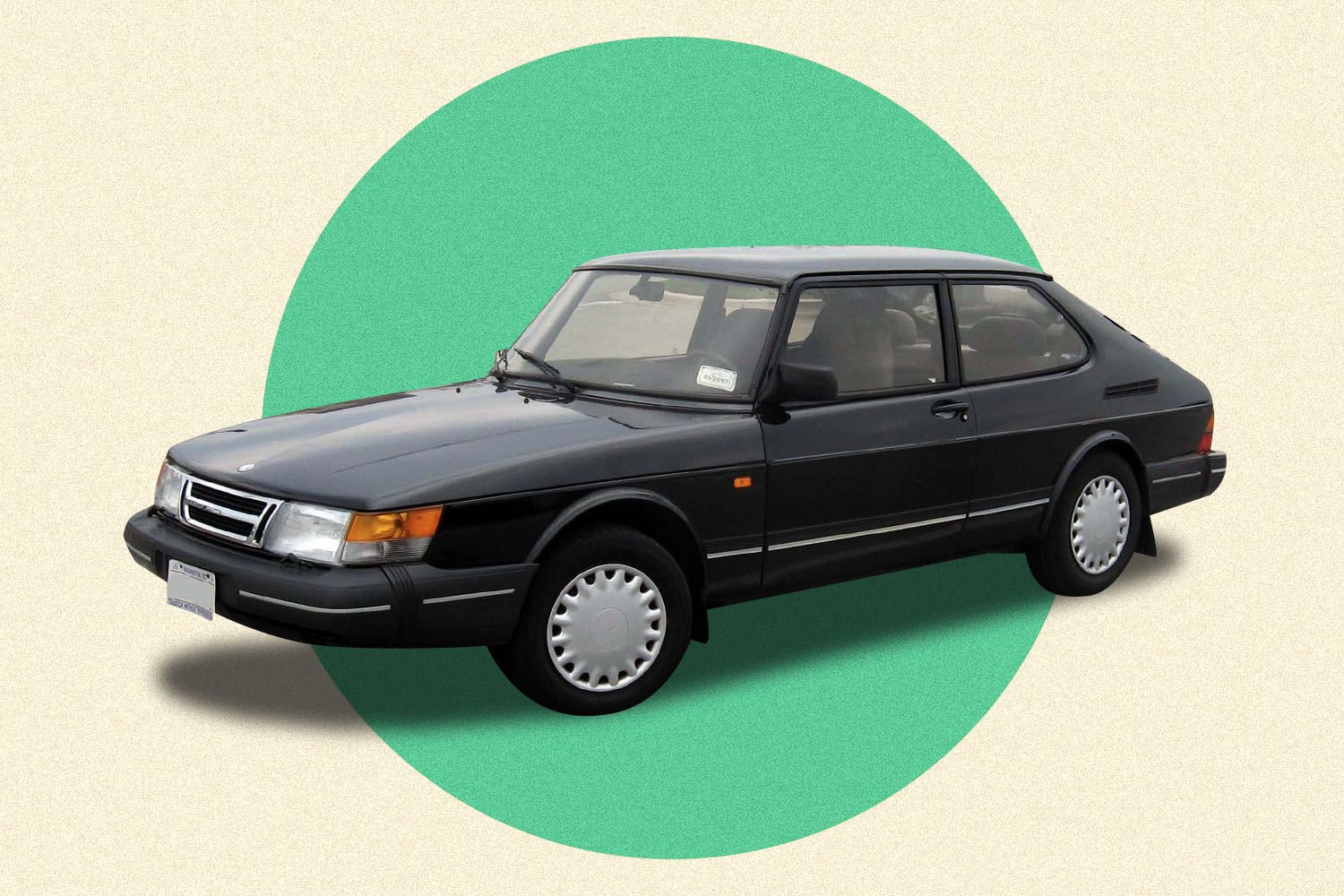
Saab 900 Turbo
1979-1993
It’s hard to think of a more overlooked European car than the 900 Turbo. Saab’s devotion to front-wheel drive, quirky styling and dare-to-be-different interior design and feature set tend to self-select a small number of dedicated fans, but for those willing to walk a different path, the 900’s forced-induction engine offers respectable and occasionally reliable power to go with a dollop of fun in the corners. Why be like everyone else when you can roll up in a Saab, especially a post-84 model with an intercooled 16-valve engine and sleeker looks.
1980-1989
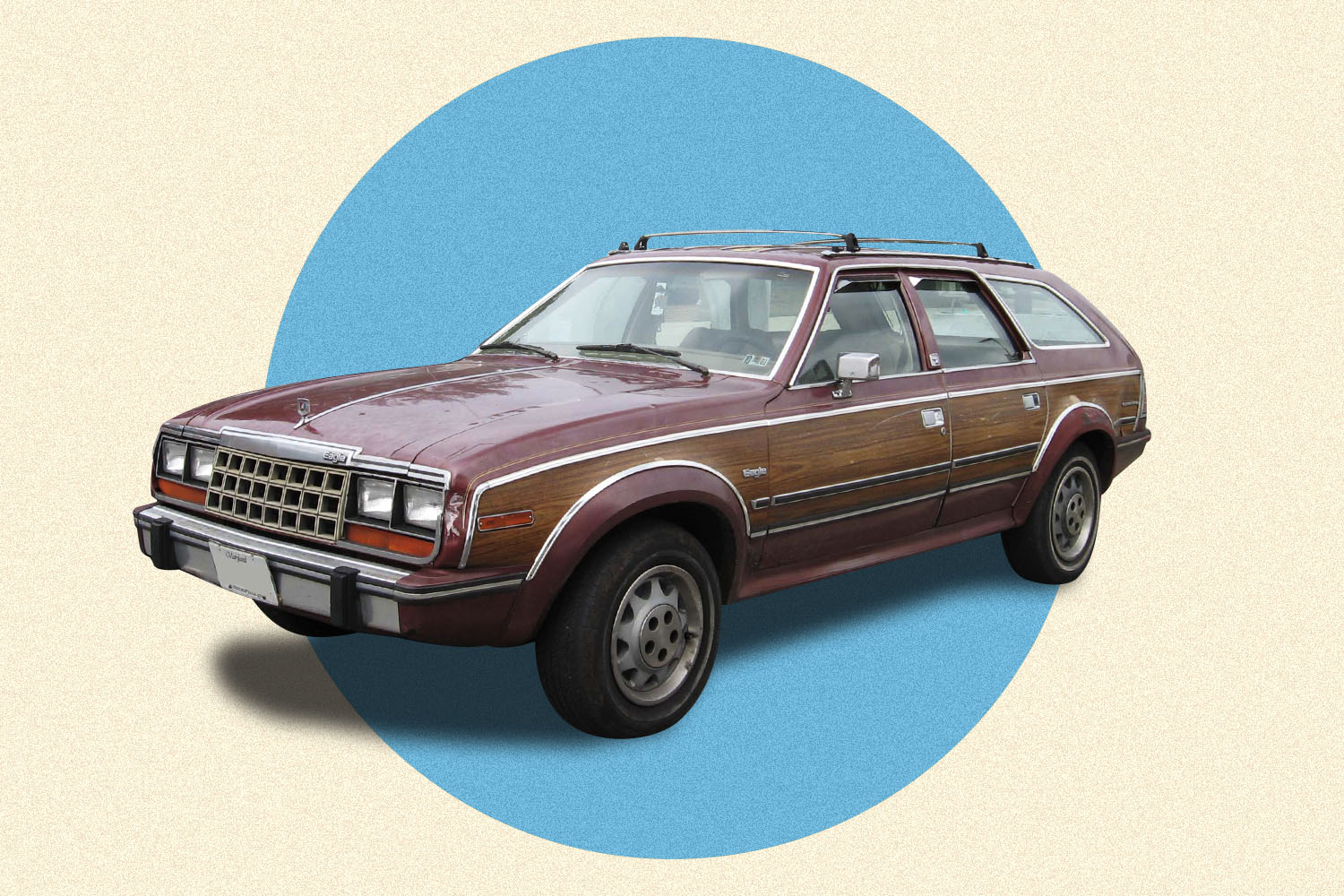
AMC Eagle
1980-1988
“This was the last car build by AMC, and it was kept on sale after that company was bought by Chrysler,” says Antoine Joubert (The Car Guide, RPM). “It can be also considered as the predecessor of modern crossovers.” The Eagle’s combination of four-wheel drive and sedan/wagon/hatchback/convertible body styles would later inspire efforts from Subaru, Volvo and Audi to give the same pseudo-rugged lift treatment to their own automobiles decades later. There’s no pantomime in the AMC’s game, however, as the Eagle delivered a low-range 4×4 system lifted from corporate cousin Jeep in a more civilized package. These cars are simply biding their time until the collector’s market realizes how unique and accessible they are compared to pricier sport-utilities from the same period.

Suzuki Samurai/Jimny
1981-1998
The Samurai represented an era of off-roading that predates the brodozer smash-and-bash philosophy guiding current 4×4 builds. Featuring an ultra-short wheelbase, convertible roof and legitimate go-anywhere capability, the Samurai was underpowered but heaps of fun no matter where your adventures might take you. This truck is currently on the outside looking in as other classic SUVs start to appreciate.
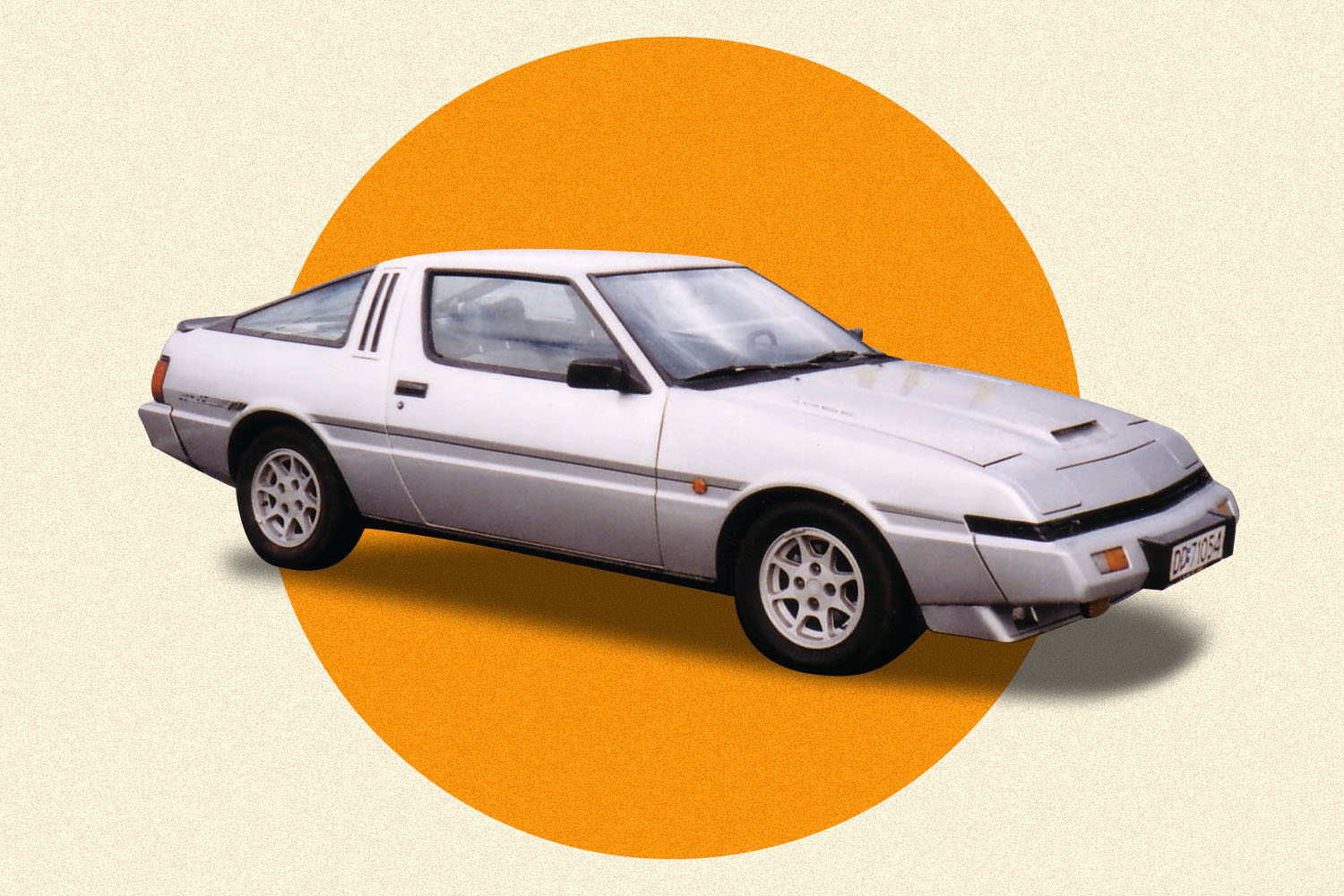
Mitsubishi Starion and Chrysler Conquest
1982-1989
Is there a stealthier ’80s sports car than the Starion/Conquest twins? Turbocharged (with up to 188 horsepower and 234 lb-ft of twist from later models) and rare, you’d think that this Japanese platform would be on every collector’s wish list. Hold out for an ’86-and-up wide-body Starion TSI or Conquest ESI for maximum visual impact.
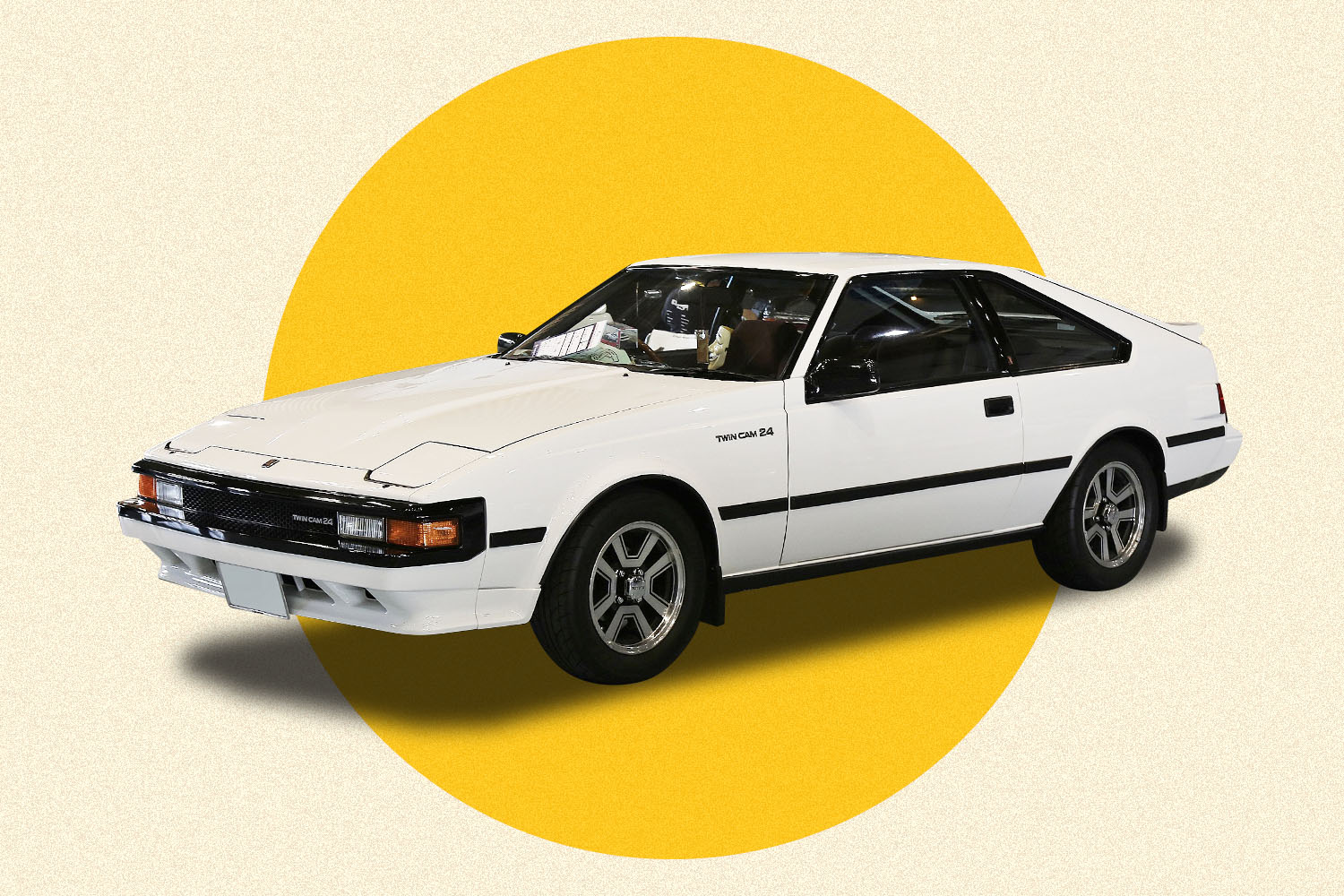
Toyota Celica Supra
1982-1986
The second generation of what would become Toyota’s best-known sports car was more focused on grand touring when it debuted in 1982. With flared fenders covering a wide track, between 145 and 161 horsepower from a straight six under the hood and an interior that was as comfortable as it was chic for the ’80s, of course), the Celica Supra was an early entry into the sporty import derby. A distinct lack of turbo means only diehards have any interest in collecting the car today, and deals are out there to be had.

Mitsubishi Montero
1982-1991
“The first-gen Montero is often forgotten, but is great value. It has boxy good looks, legit off-road ability (see: Paris-Dakar success), and is also generally reliable,” says Brian Rabold. “I’ve often called it the poor man’s G-Wagen,” agrees Lyn Woodward. Slow as dirt, reliable as death and taxes, and rust free examples will deliver off-road fun and a reasonably comfortable daily drive.
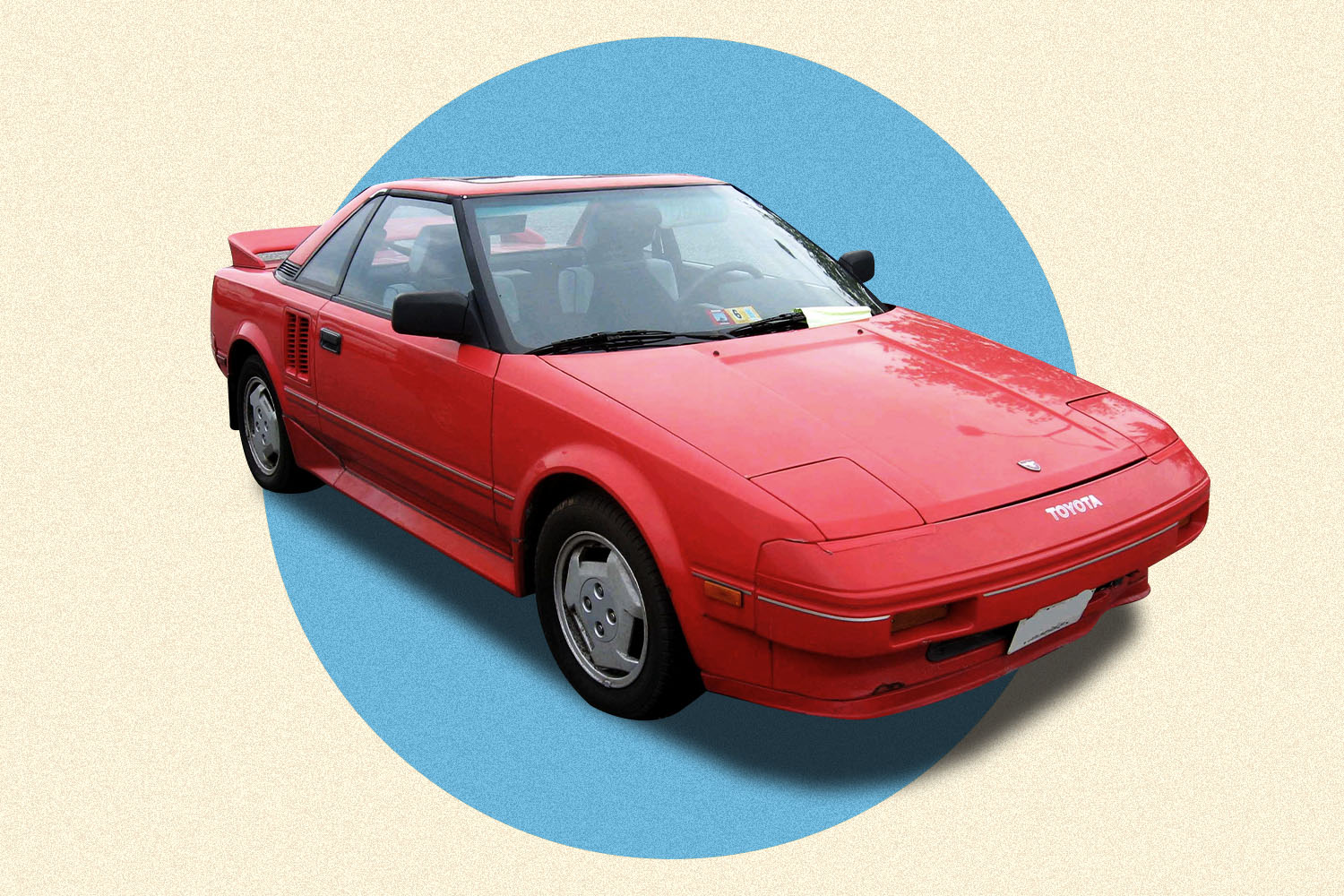
Toyota MR2
1984-1989
This truncated two-seater delivered mid-engine handling at a fraction of the cost of the European supercars fronting the same during the 1980s. It was also available with a supercharged four-cylinder engine in certain models, but the real appeal is its low curb weight and excellent balance. Combine that with Toyota reliability and Lotus engineering input on the suspension system, and it’s a formula for fun that can be picked up for next to nothing.
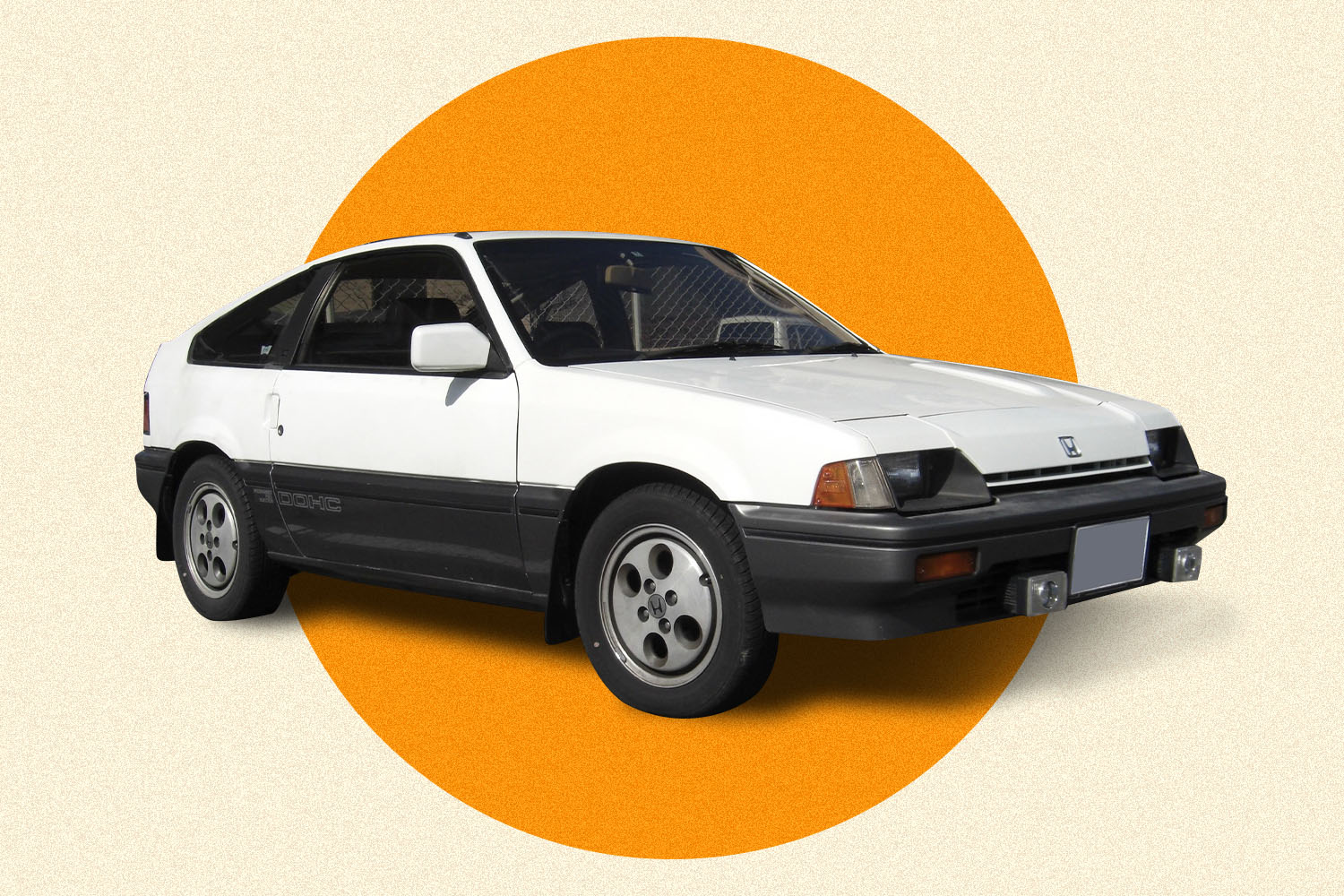
Honda CRX
1984-1991
With Civic mechanicals stuffed inside a short-wheelbase, two-seat hatchback design, the CRX offers the same palette for self-expression found with its larger cousin. And yet, perhaps because of its modest, efficiency-oriented marketing strategy, Honda’s tiny tuner car hasn’t fired the imaginations of the import faithful in quite the same manner. The Si trim is the one to target, as it brings with it 108 horsepower, but Americans had to wait until the ’88 model year to avail themselves of the hotter power plant.
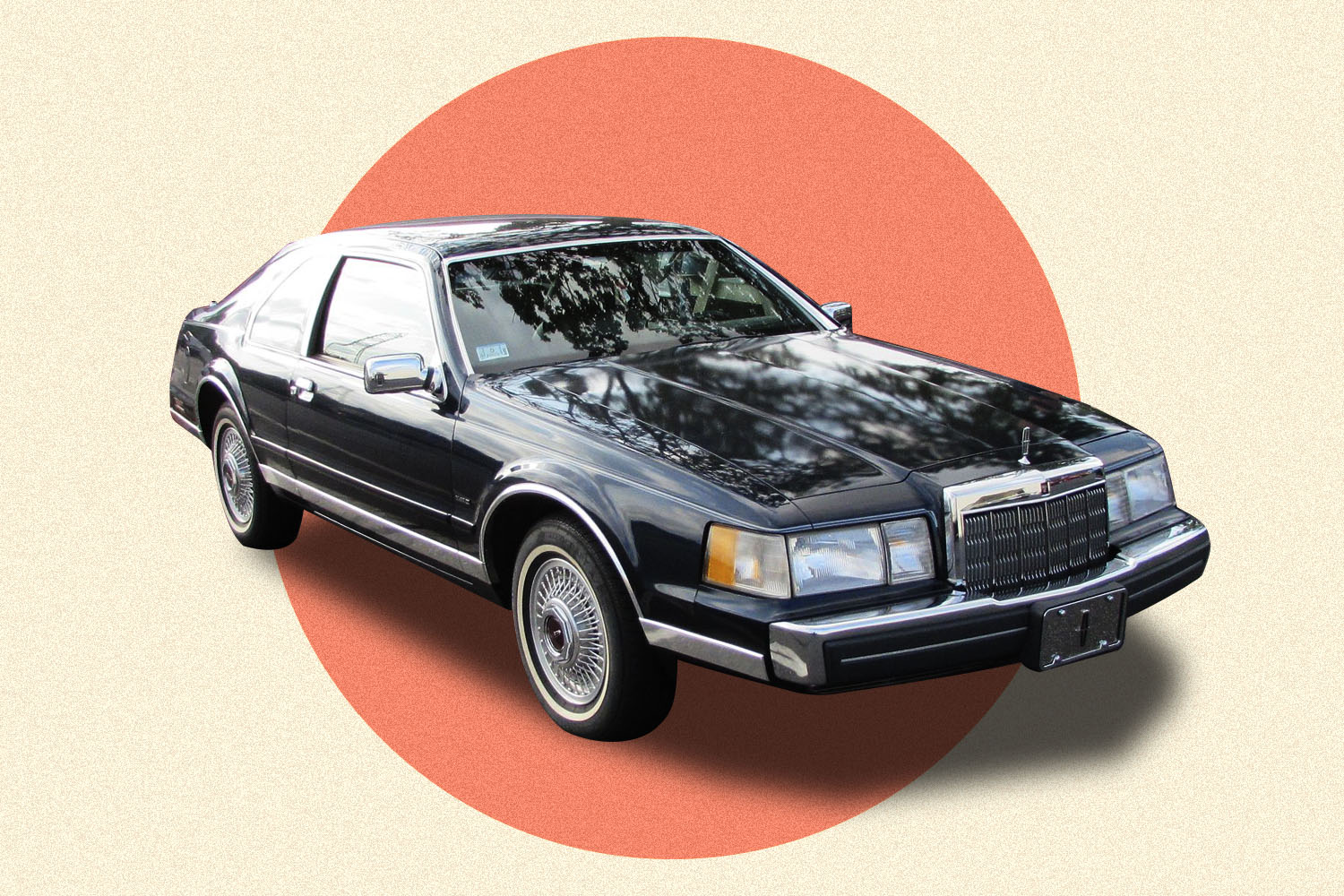
Lincoln Mark VII LSC
1984-1992
“After a long line of slab-sided, sharp-edged Lincolns, it brought aerodynamic flair and sporting performance to the Mark label,” says John Voelcker (Green Car Reports). “Back in the day, the Mark VII LSC surprised quite a few BMW owners on twisty roads … fake spare-tire hump and all.” The Mark VII LSC offered between 200 and 225 horsepower from a 5.0-liter V8, delivered respectable luxury features and was the first vehicle to reintroduce composite headlights to the American market after 40 years of sealed beam tyranny.
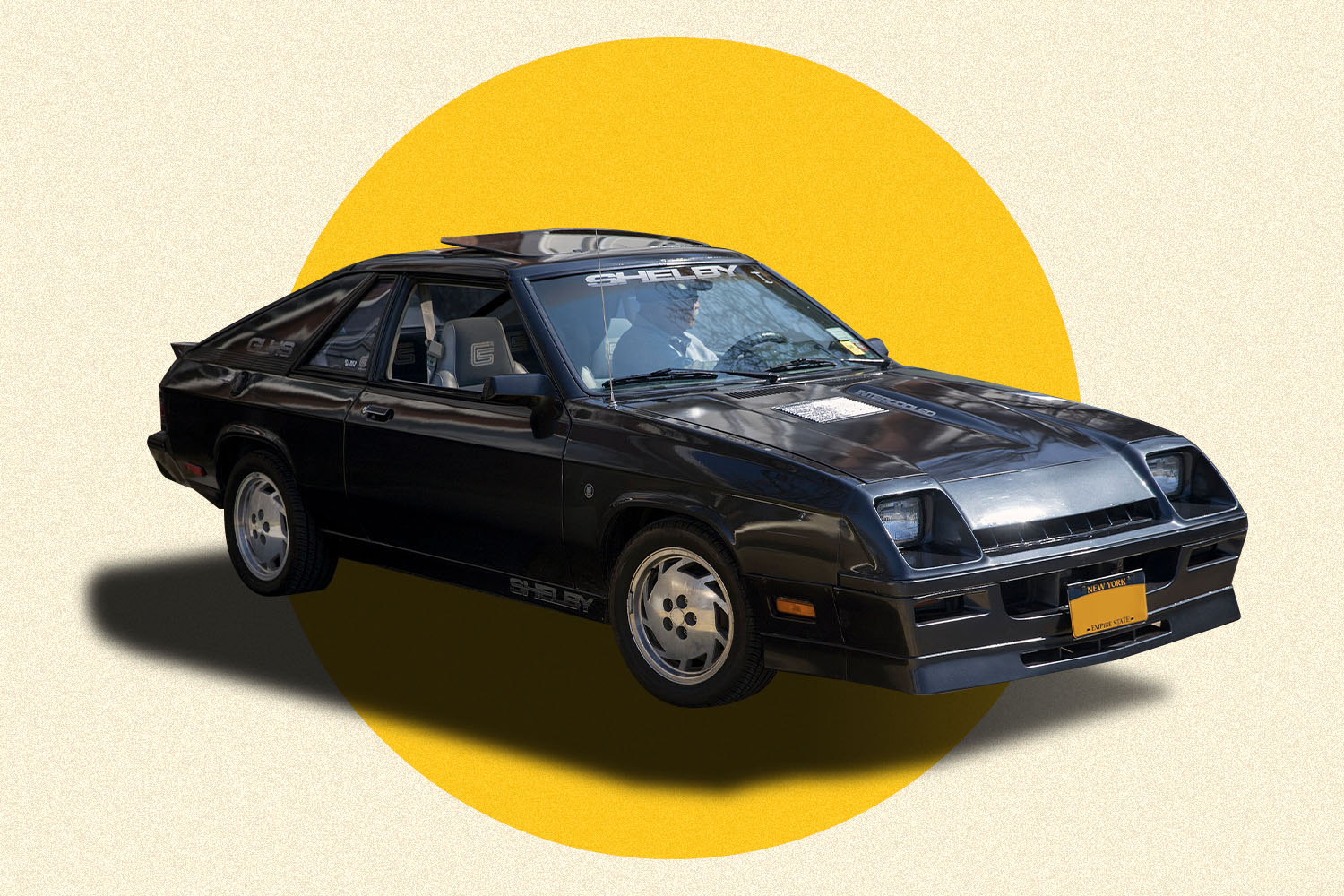
Shelby Charger
1985-1987
“The front-wheel drive Charger gets a lot of grief for not living up to its nameplate, but hey, would you want to follow in the footsteps of a ’69 Hemi?” asks Elana Scherr. The ’85 model Shelby Charger debuted a Garret T3 turbo that squeezed nearly 150 horsepower out of its 2.2-liter four-cylinder engine, a huge improvement over the original drivetrain. “This car has all the hot hatch style of a Fox-body Mustang, and can be considered a forerunner for the sporty, turbocharged FWD cars that revived a widespread interest in drag racing in the early 2000s,” Scherr explains.
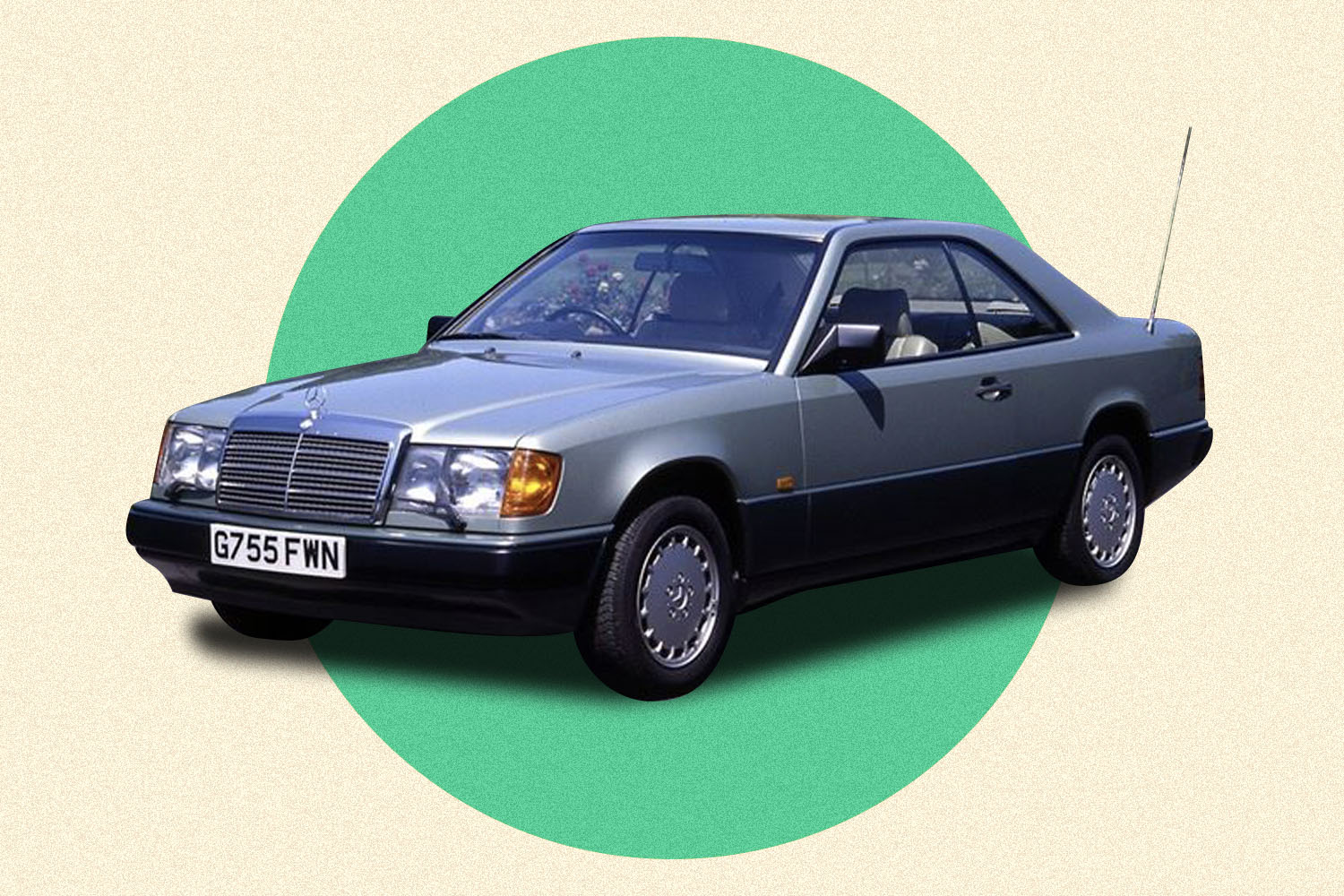
Mercedes-Benz 300CE/E320 Coupe
1987-1995
Classic proportions and an absent B-pillar carve out an impressive styling niche for the Silver Star’s mid-range coupe. More staid than sporty from behind the wheel, the W124 generation coupe is nevertheless a comfortable, reliable, and gorgeous example of ’80s-era Mercedes-Benz design, and one that has resisted appreciation despite the flurry of attention on other German cars from the same period. Later cars gained a 24-valve motor and heaps of torque, along with a named change from 300CE to E320. All of them will drive forever.
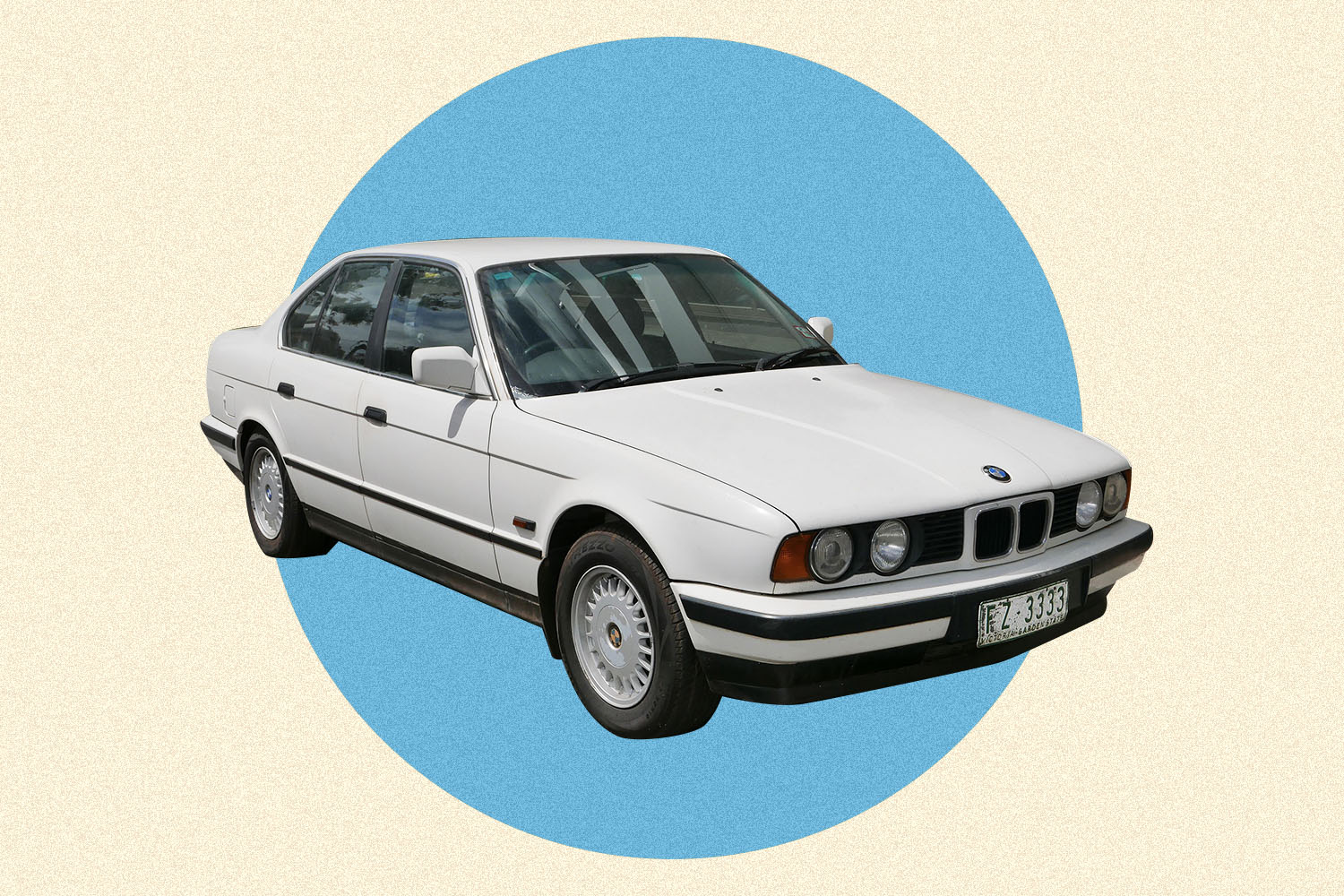
BMW E34 5 Series
1989-1995
Forget the unobtainable, hand-built M5 and instead select from the smorgasbord of sedans and wagons that have been completely ignored in favor of their same-vintage, smaller E30 cousins. Smart money picks the modernized M50 straight-six with a 5-speed that appeared in the 525i in 1991, or the later 540i six-speed with its 280 horsepower V8. Traditionalists will likely stick with the older but still torquey “big six” found in the 535i. There are no bad choices.
1990-1999
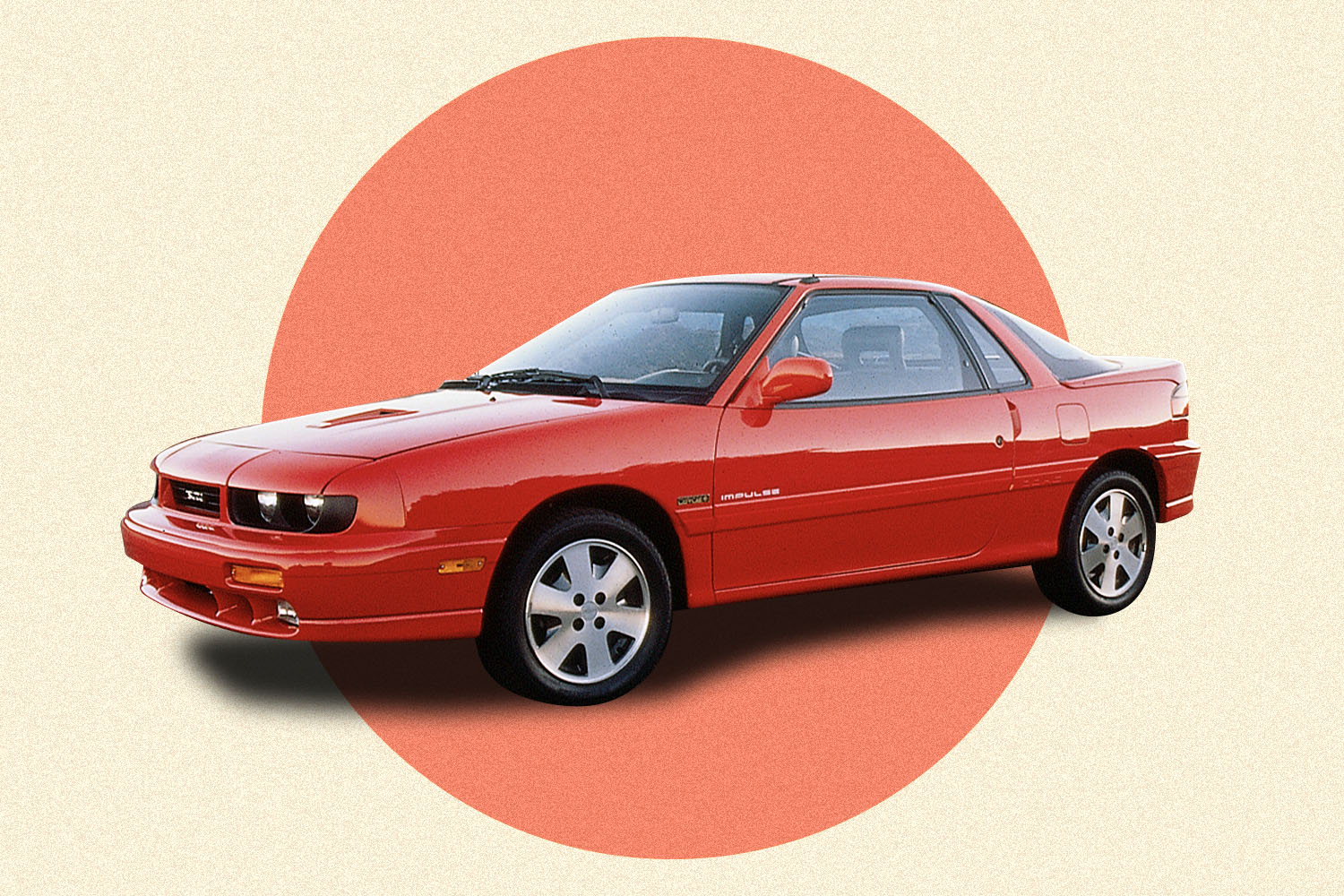
Isuzu Impulse XS + RS
1990-1992
“The second-generation (JI) Impulse is an overlooked classic that sits in the shadow of the first-gen Giugiaro design,” says John Voelcker. “They’re much rarer than the related Geo Storm. The Impulse came standard with a more powerful dual overhead-cam engine, a much nicer interior, more features, and — most important — suspension tuned by Lotus, also then part of the GM family.” The Impulse was offered in coupe and three-door, ultra-rare Wagonback examples, and RS models featured a turbocharged motor paired with all-wheel drive.
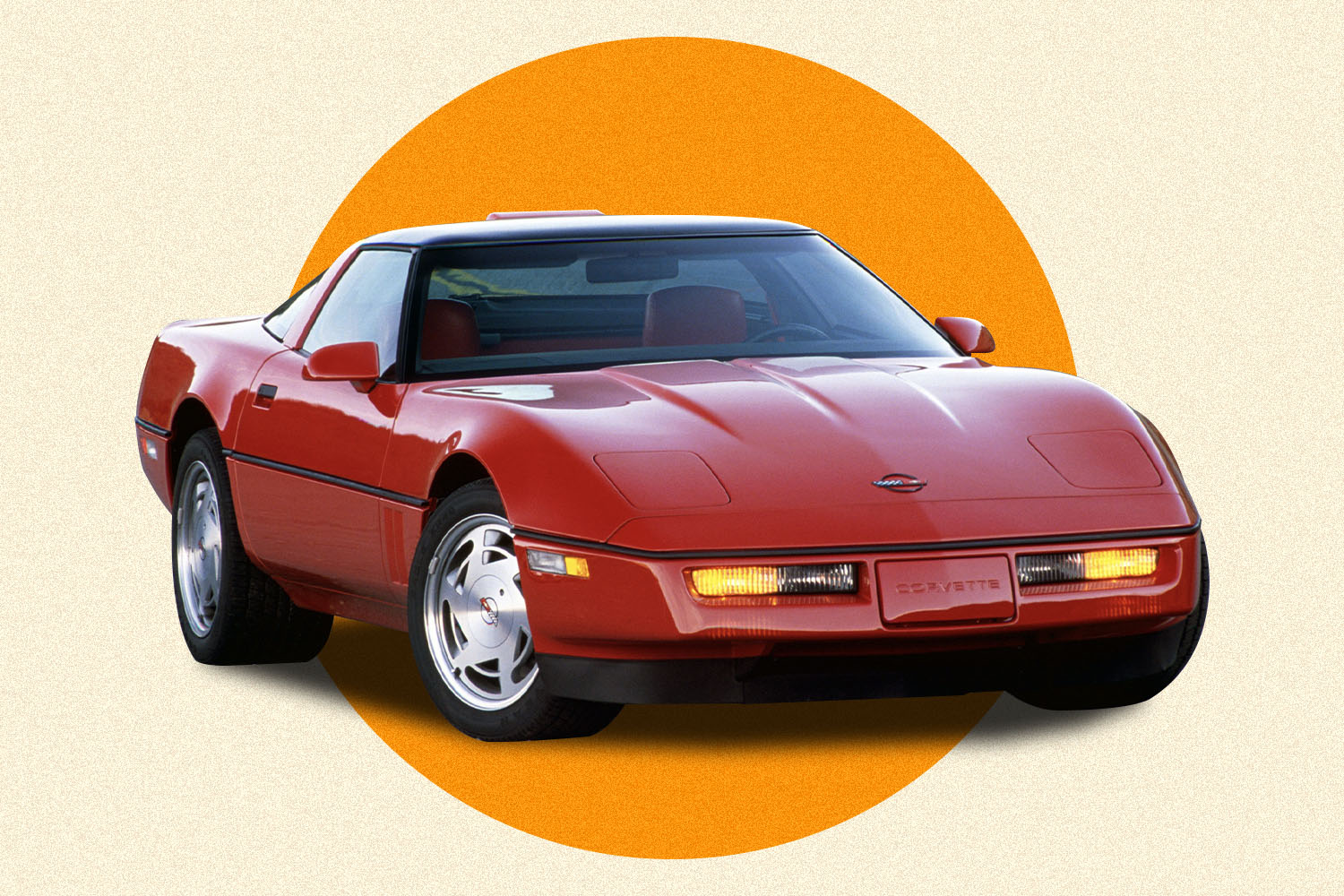
Chevrolet Corvette ZR-1
1990-1995
“The 1990 Corvette ZR-1 redefined what performance meant for America’s sports car,” says Brian Rabold. Featuring a dual-overhead cam, 32-valve LT5 V8, tuned by Lotus and good for a startling 375 horsepower (bumped to 405 by 1993), the ZR-1 made the Corvette a serious contender on the world stage. “Journalists love it, engineers love it, drivers love it. Buyers apparently don’t,” continues Rabold, “as prices have slid slightly over the past five years. It’s hard to justify why the ZR-1 is worth pennies on the dollar compared to contemporaries.”
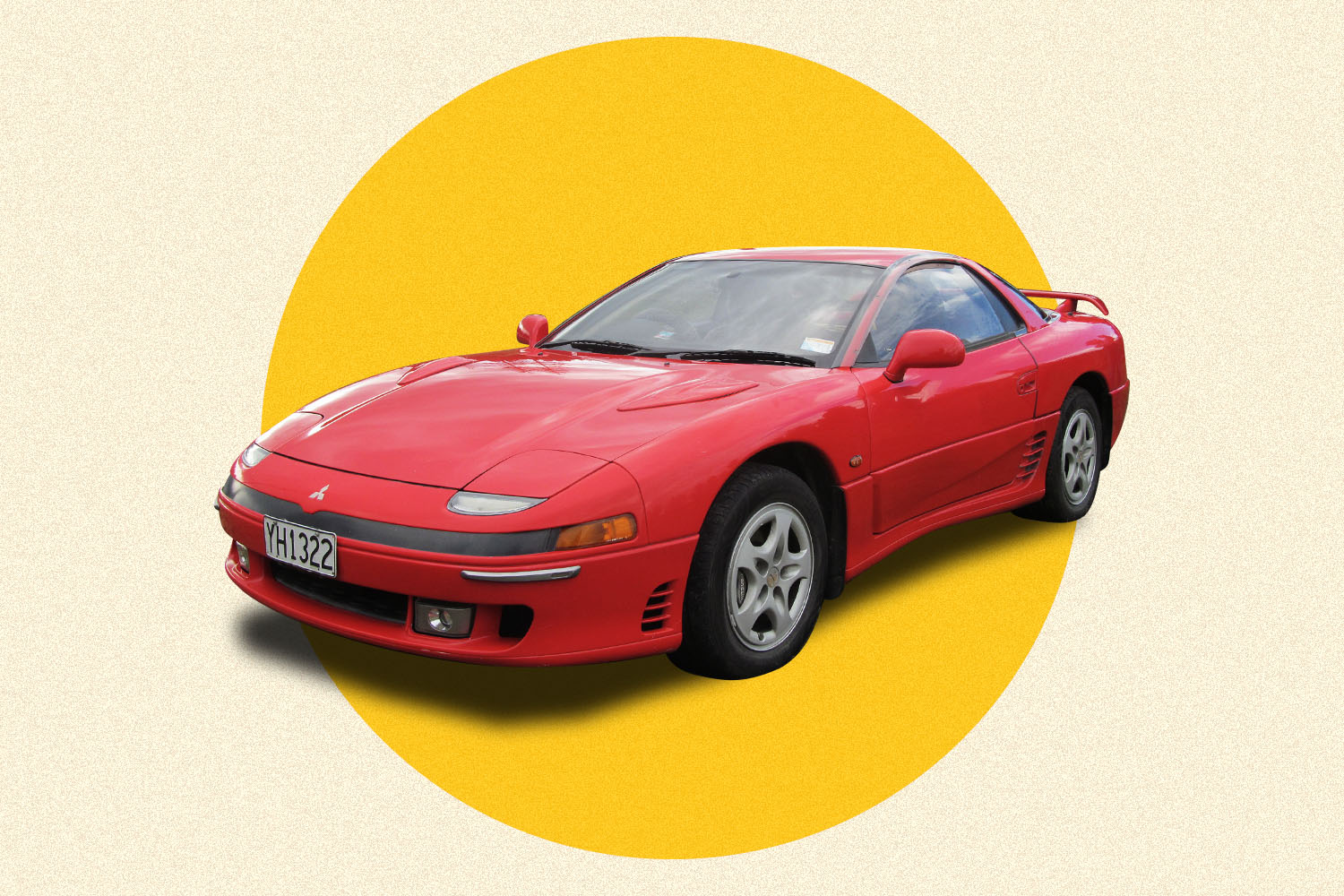
Mitsubishi 3000GT / Dodge Stealth
1990-1999
“Twin-turbo V6, all-wheel drive, active-aero, adjustable suspension and exhaust … this car sounds like it was made today, yet it existed 30 years ago,” says Sami Haj-Assaad (Autotrader). “I’d argue that the 3000GT has just as much right to the success of the 90s Japanese sports car era.” Maintenance costs have kept collectors away, but devotees enjoy a 0-60 time of five seconds and spaceship looks in VR4 models.

Toyota Previa
1991-1997
How does a minivan make this list? “Available supercharged and with either rear or all-wheel drive, this mid-engine van also offered a manual transmission (but not with the supercharged engine),” explains Jodi Lai (Autotrader). Toyota’s first true competitor to rivals like the Dodge Caravan, the Previa never quite caught on during its initial run, but is due for a surge in interest as #vanlife culture meets Rad-era enthusiasts. “This bean-shaped bus was ahead of its time and gets mad points for practicality and quirkiness,” says Lai.

TVR Chimaera
1993-2001
Just now legal for import to the United States, the Chimaera is perhaps the most accessible of the British Isles-only TVR sports cars. Offered exclusively as a roadster, the Chimaera provides V8 power and a raw driving experience, as long as you’re comfortable steering from the right-hand side of the cockpit. With thousands built, it carries less of a price premium than other TVR imports, and you won’t lose your shirt sourcing parts for the inevitable repairs.
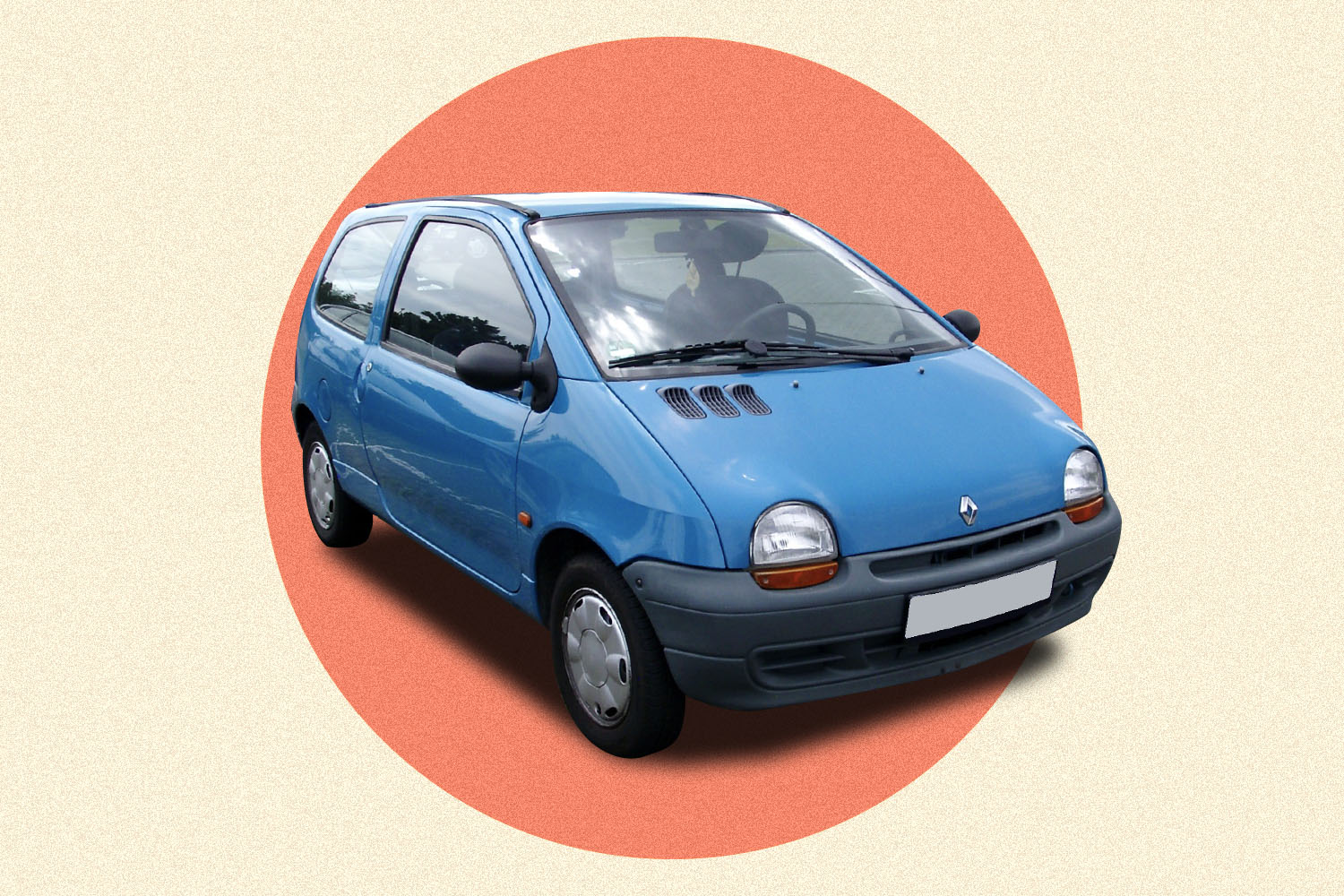
Renault Twingo
1993-2012
Renault’s budget-friendly city car thrived in Europe thanks to its useful hatchback design, no-frills order sheet and fuel-sipping drivetrains. When looking at collector cars, it’s important to remember that personality can often count for more than power or prestige. “I think accessible and affordable classics have a place, like classic VW Beetles and Minis, and the Twingo would fit right in with cars like that,” says Jason Torchinsky. “They’re charming, with happy, expressive faces and fun interior materials, cheap to buy and own, and a clever bit of design.”

Toyota RAV4 Two-Door
1994-2000
The first-generation of Toyota’s venerable family hauler was offered in a fun-size two-door model that featured both fixed and removable rear roof panels as well as a short-lived convertible version. Five-speed editions of the truncated RAV4 are currently as rare as hen’s teeth, while all-wheel drive editions of the same have vanished almost completely. It’s the most interesting version of a crossover that would radically reshape the American automotive landscape.

Suzuki X90
1995-1997
“Have you ever seen anything so silly?” asks Jodi Lai. “This tiny SUV came with RWD or AWD, had a targa top, was incredibly slow, drove terribly, had a five-speed manual, and had just two seats. It’s also adorable.” The X90 was part of the failed open-roof cute-ute segment that didn’t make it out of the ’90s, but as far as unique designs go it’s begging for a revaluation by sport-utility fans.
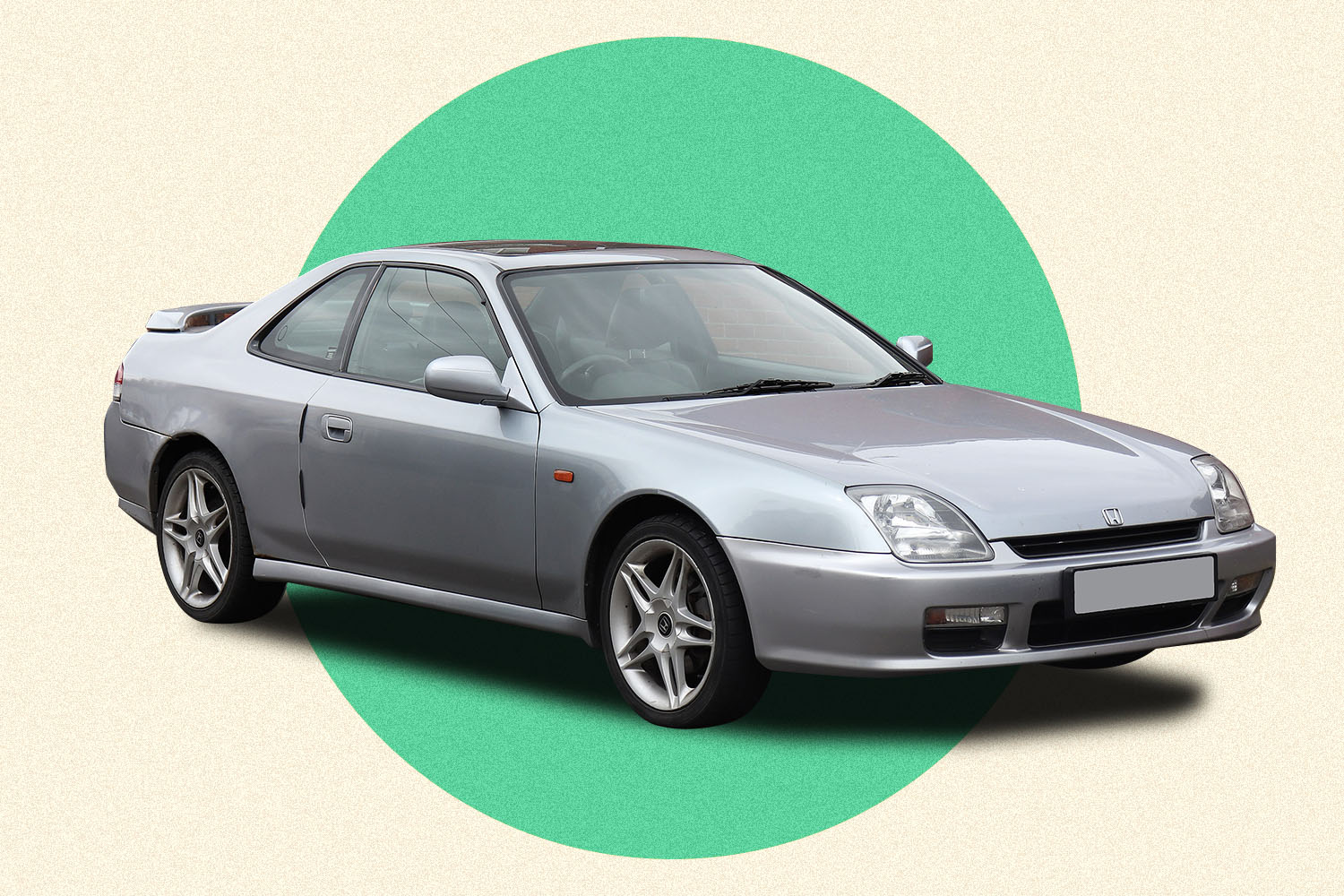
Honda Prelude
1997-2001
“The fifth and final generation Prelude was the first car I remember thinking was cool,” recalls Jodi Lai. Offering up to 200 horsepower and the novelty of four-wheel steering, the Prelude was ahead of its time yet languishes in the shadow of the Civic and a certain Honda roadster. “The S2000 is obviously the Honda sports car most people want, but a Prelude would be a much more pragmatic and affordable pick. It has aged more gracefully than other cars from the time period,” says Lai.

Plymouth Prowler
1997-2002
“Many are quick to point out the V6 that should have been a V8, but for its time the drivetrain really isn’t that bad,” says Sami Haj-Assaad. “It certainly doesn’t take away from the visual impact the Prowler had.” Of the latter there is no doubt. Can you find another modern open-wheel roadster that looks like it just stepped out of a time-warp from a hot rodder’s dreamscape?
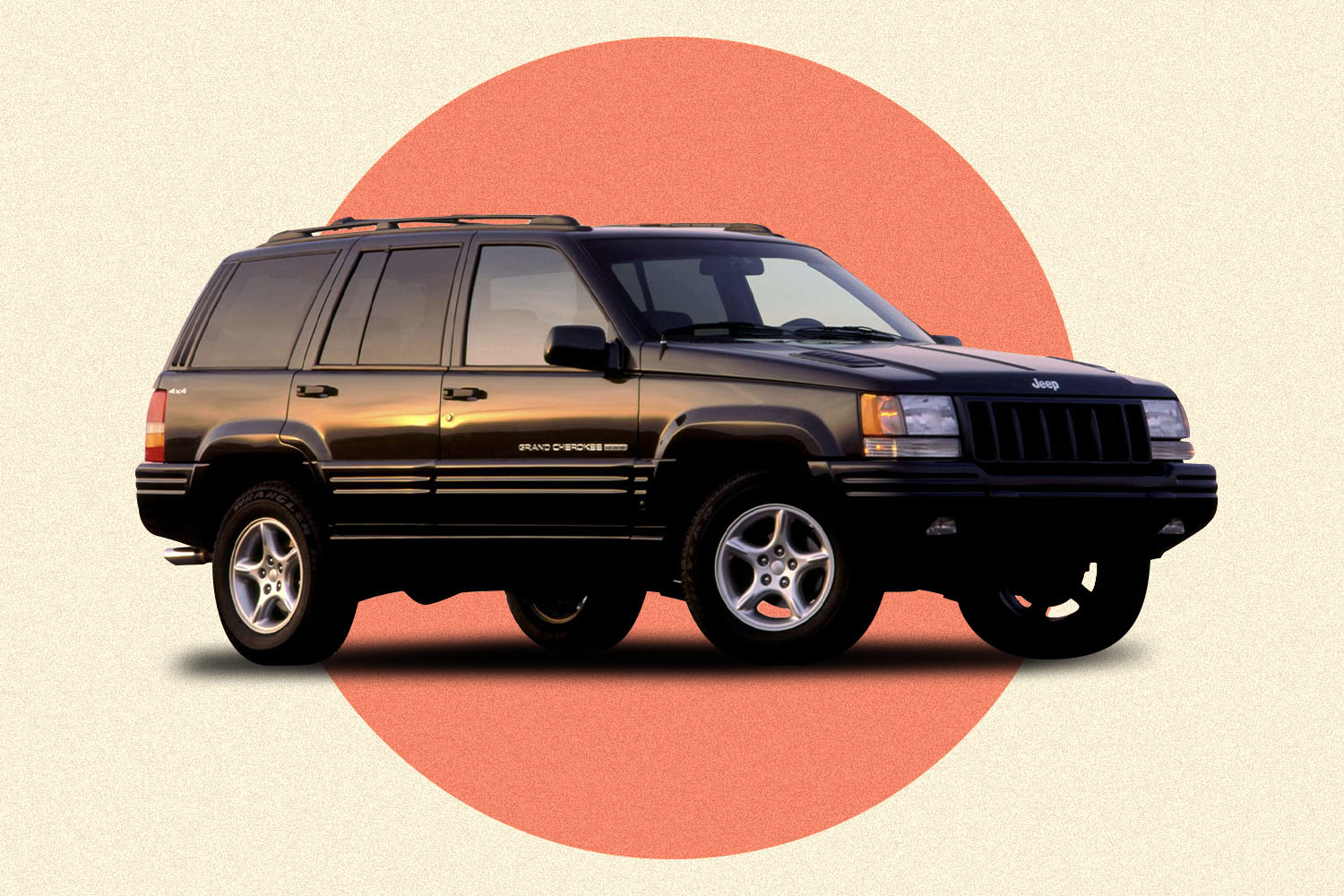
Jeep Grand Cherokee 5.9 Limited
1998
The 1990s saw sport-utility builders throwing nearly anything at the wall to see what would stick with customers new to this burgeoning segment. Sensing the opportunity to stand out with a full-on muscle truck, Jeep dropped a 5.9-liter V8 under the hood of its popular Grand Cherokee and created a precursor to the SRT models that would follow. The 5.9 Limited offered a hefty 345 lb-ft of torque and a limited-slip differential, but it didn’t skimp on the comforts that made the standard version of the Jeep such a good daily driver. Mustang GT-like performance in a one-year-only practical package that has virtually no collector following.

Suzuki Grand Vitara
1998-2005
“Grocery-getter plus,” explains Lyn Woodward. “Body-on-frame construction, solid rear axle, two-speed transfer case, V-6 power and about 8 inches of ground clearance.” It’s a recipe for affordable off-road fun that would completely disappear by the end of the decade as unibody crossovers took over the people-mover game, with right-size trucks like the Grand Vitara representing the last gasp of Japan’s tiny but tough utility era.
2000-2009

Honda Fit
2001-2008
“Sure, it might be underpowered, but as any enthusiast knows, it’s more fun to drive a slow car fast than a fast car slow,” says Emme Hall. “You can get a six-speed manual in the little 1.5-liter i-VTEC engine and rev that little puppy all the way to 6,800 rpm.” The original Fit was also a far better handler than its practical styling suggested, making it as fun to drive as it is frugal and useful.

Subaru WRX
2002
“The US-market 2004 STI is already an expected collector’s item, and values are way up. But don’t overlook the first WRX to hit US shores,” says Brendan McAleer. “While the ‘Bugeye’ doesn’t have the ferocious appeal of the 300hp STI, it does offer robustly turbocharged performance.” The unique styling on this generation WRX extended into 2003, and the all-wheel drive rally rocket was available in both wagon and sedan editions.
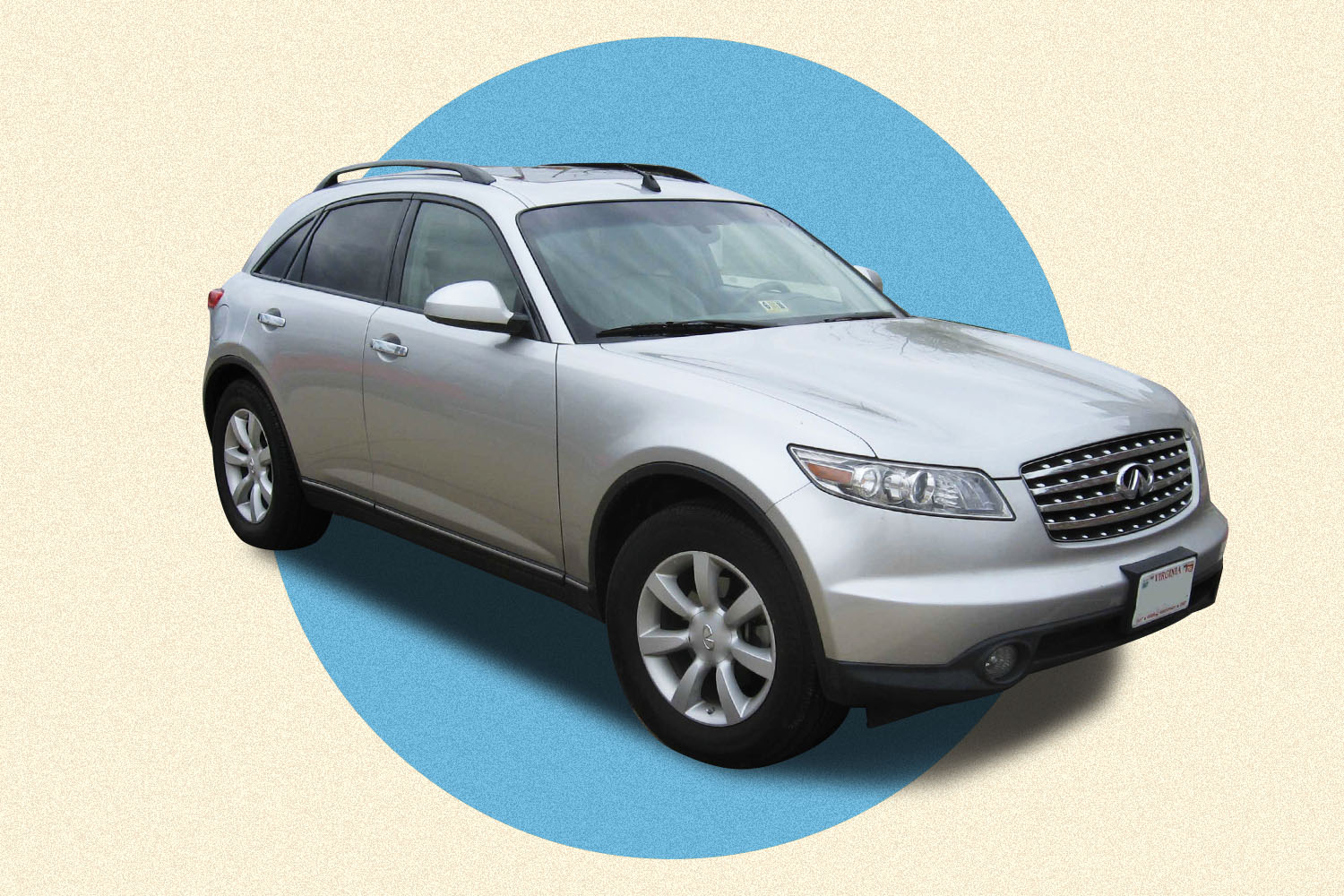
Infiniti FX45
2003-2007
“While the BMW X5 was already an established hit by the time Infiniti’s ‘Bionic Cheetah’ rolled into showrooms, its outrageous design and muscular performance were a sensation,” says Chris Paukert (Roadshow). “The FX could frighten many sports cars of its day.” Featuring 320 horsepower from a 4.5-liter V8, the FX45 was a formidable boulevard dragster, while its FM platform underpinnings (shared with the Nissan 370Z and the Infiniti G35) provided it with above-average handling for a crossover. “Other than a harsh ride and some dated cabin tech, these SUVs still deliver remarkably modern drive experiences. If you can find an early, stock FX45 with low miles, jump on it,” Paukert continues.
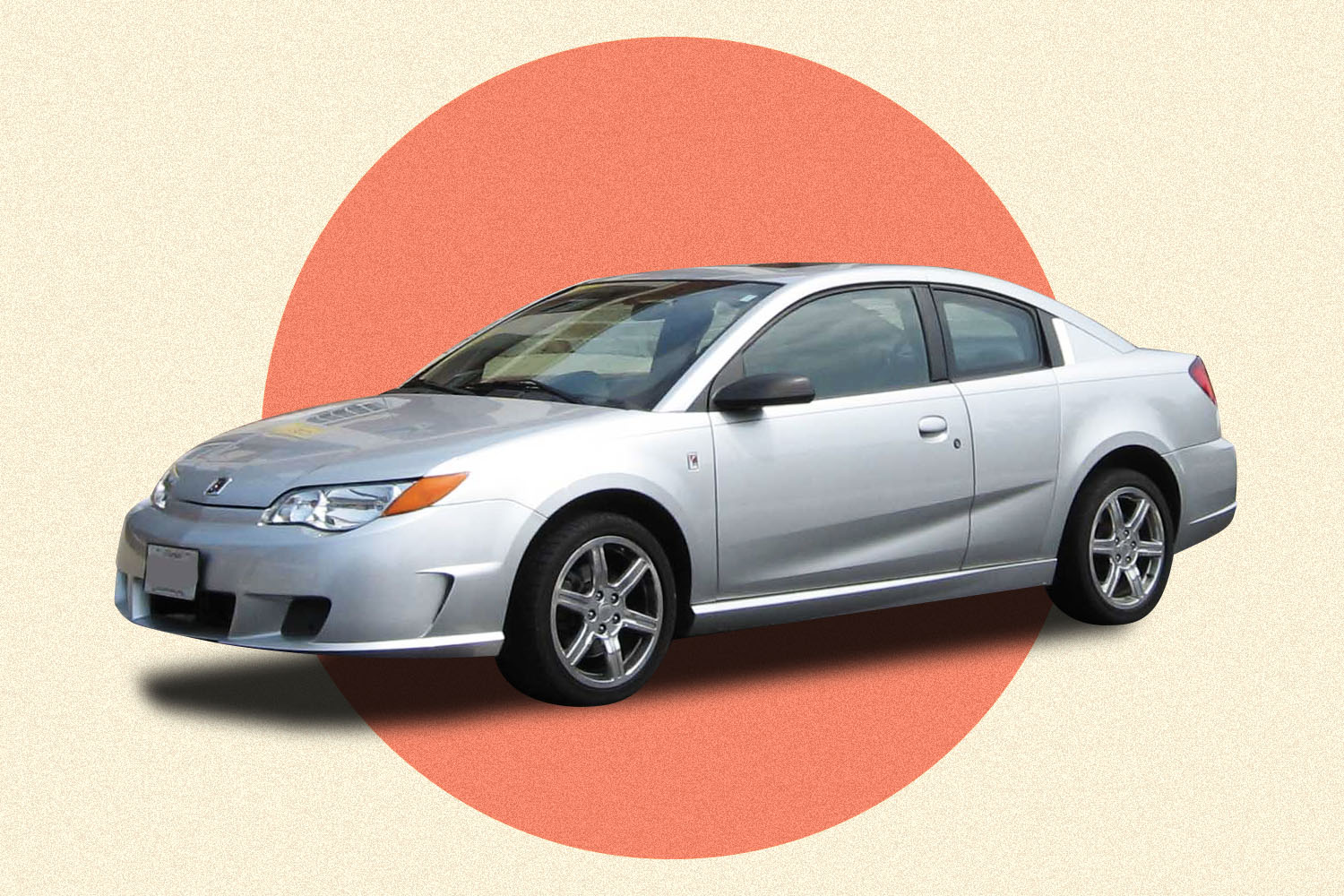
Saturn Ion Redline
2004-2007
“The Ion Redline received far less fanfare than the similar Cobalt SS,” says Sami Haj-Assaad. “Still, the supercharged engine made 205 horsepower and 200 lb-ft of torque and responded incredibly well to modifications.” It only takes a little effort to overcome the early-2000s GM shortcomings baked into the Saturn, which makes it an intriguing foil for the recent interest in rivals like the Honda Civic Si.
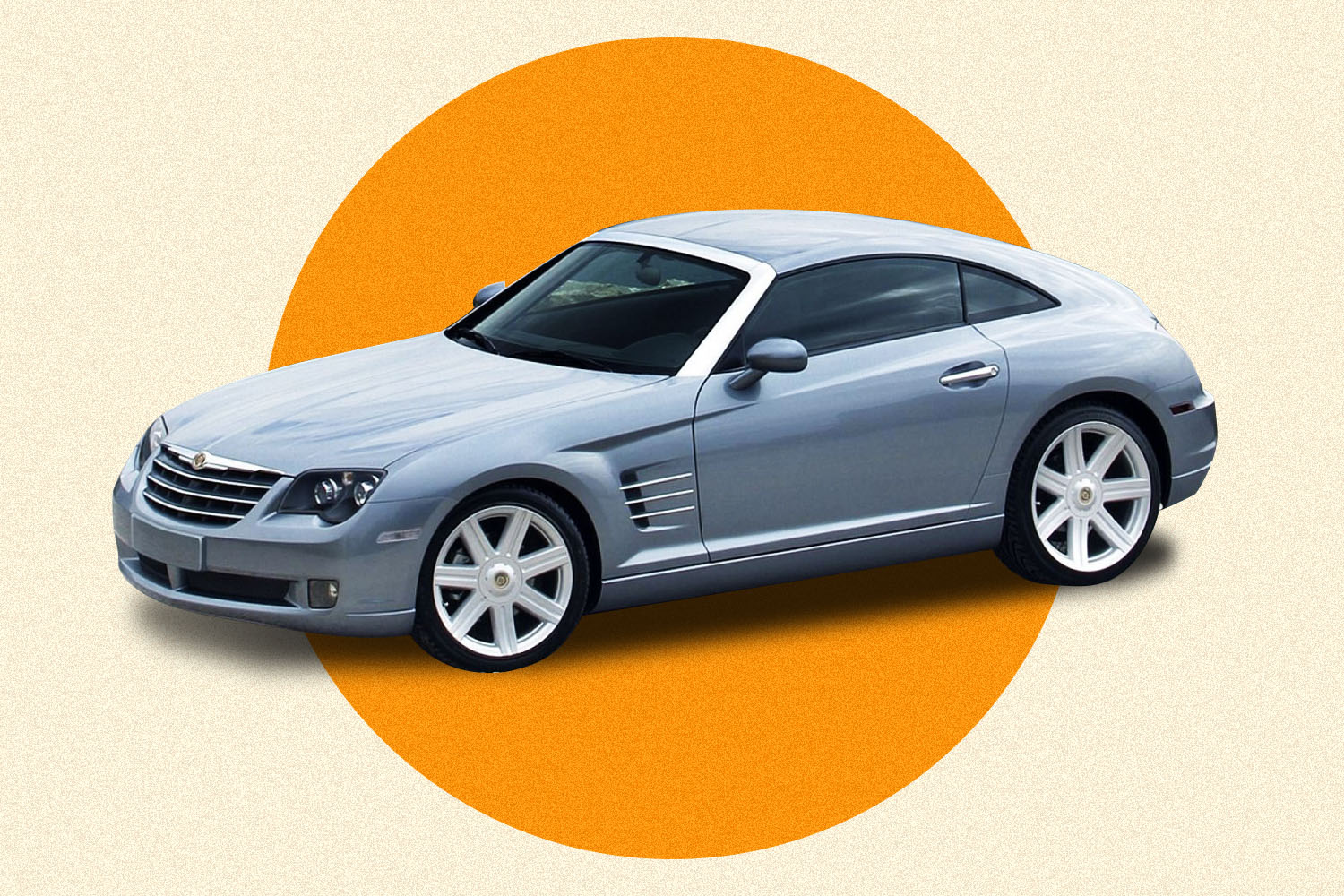
Chrysler Crossfire
2004-2008
“I think these (especially the hardtop) are aging remarkably well stylistically, and they’re essentially a Mercedes-Benz SLK in a novel Art Deco suit,” says Jason Torchinsky. “Why aren’t these more desired?” It’s a fair question considering SRT-6 models were available with a supercharged V6 that was good for a hefty 330 horsepower and 310 lb-ft of torque. With a surprisingly high number sold new, they’re a modern classic sports-car bargain.
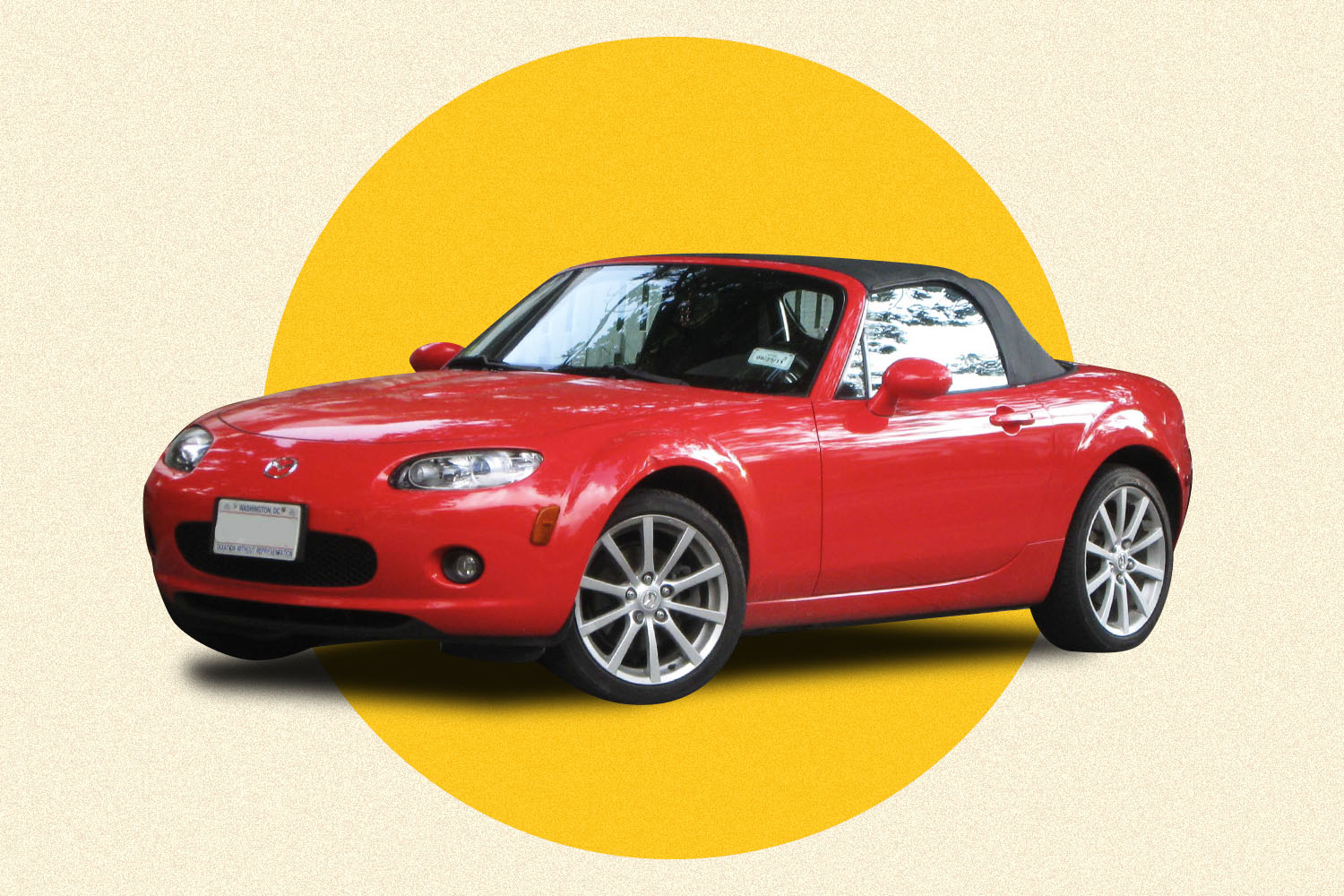
Mazda Miata NC1
2006-2008
“The second-generation Miata still feels the most modern to me of the first three (with the proper mods and care),” says Alanis King (Business Insider), “but a lowered, wide-body third-gen NC is not as cutesy as everyone thinks it would be.” All of the focus is currently on the NA and NB generation Miata, which leaves the NC’s comparable driving experience (and its available retractable hardtop) available for short money.

Mini Cooper S John Cooper Works GP
2006
“It feels like Mini has done a thousand special editions and niche models since its rebirth in 2001, and most of them aren’t particularly special or collectible,” says Chris Paukert. “The 2006 Mini Cooper S John Cooper Works GP is different.” The quickest of the original, small-bodied hatchbacks revived by BMW, the John Cooper Works GP was hand-built and sported a radical body kit to go with its track-ready suspension and hefty bump in horsepower. “The GP remains the modern Mini for committed driving enthusiasts,” says Paukert.
2010-2020
What might the future hold for the current crop of cars plying modern roads? Which vehicles from the previous decade are most likely to find themselves qualifying for underappreciated status when this list is rewritten 50 years from now? Here are six bonus autos that are just a few decades away from joining the this list.
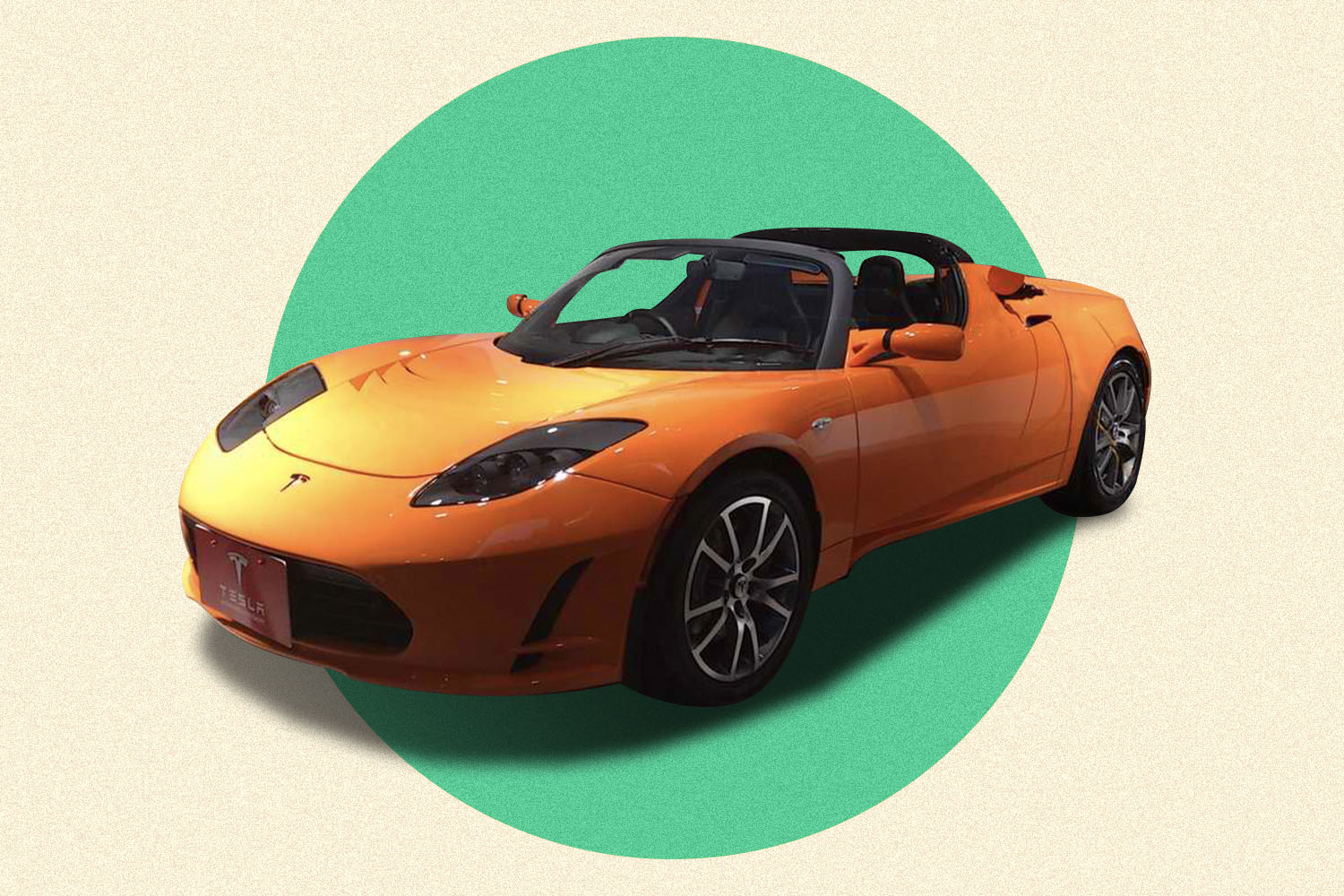
Tesla Roadster
2008-2012
“It’s easy to be skeptical about what was essentially a Lotus Elise retrofitted with an electric powertrain. But the 2008-2012 Tesla Roadster wasn’t just a hoot to drive, it was rolling proof that battery power could be both viable and hugely entertaining,” says Chris Paukert. Despite total production hovering under 2,500 examples, pricing for the first Tesla is surprisingly reasonable, and collectors haven’t yet latched on to its historical significance. “This little car changed the entire auto industry,” says Paukert.
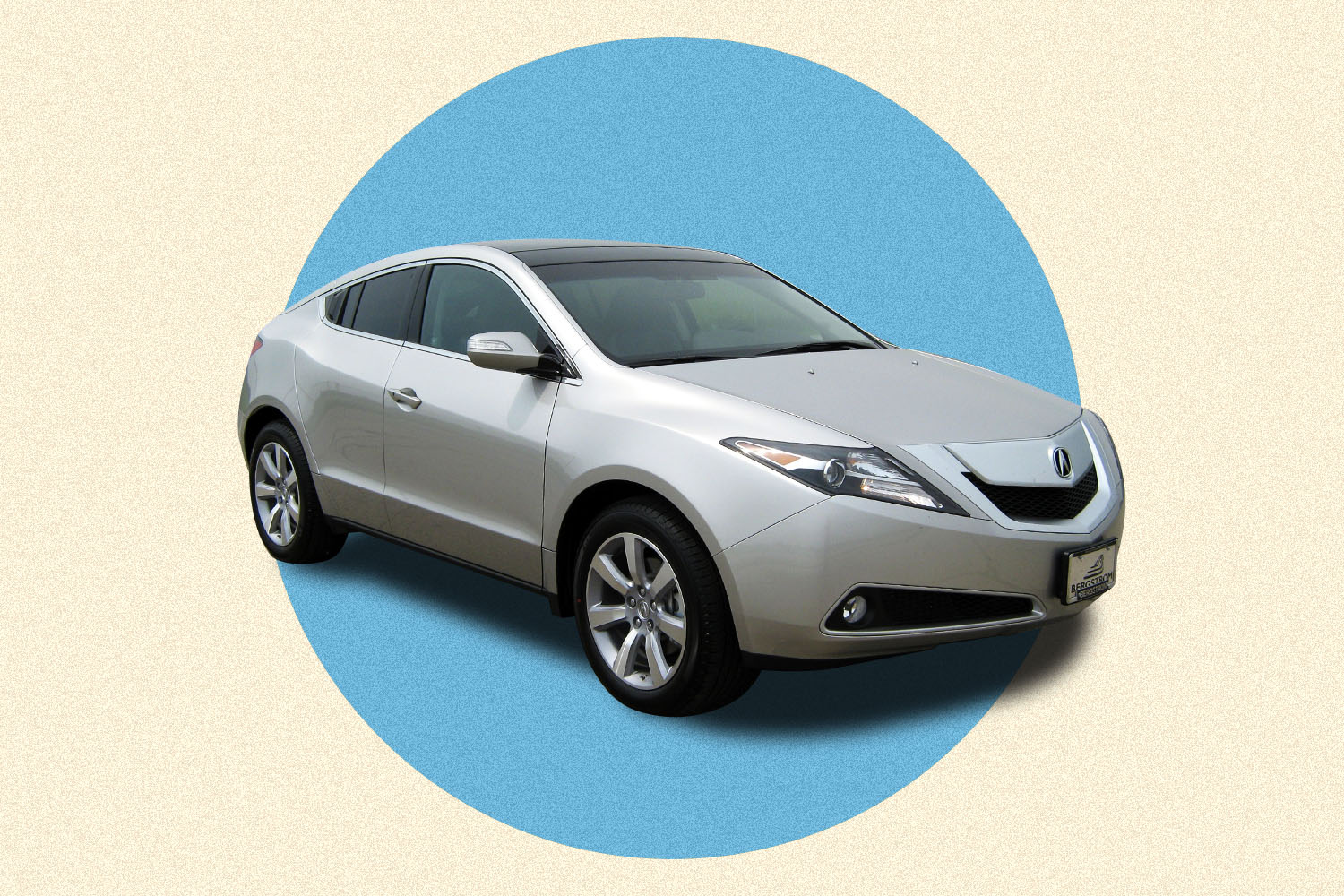
Acura ZDX
2010-2013
“It’s easy to forget how radical a design the Acura ZDX appeared at its 2009 auto-show debut,” says John Voelcker. “A high-riding fastback crossover, it prized design over utility to an extreme degree.” The ZDX followed hot on the trail of the BMW X6 into the then-controversial, now-commonplace “crossover coupe” segment, and it’s unquestionably the most unusual Acura ever built. It’s also one of the rarest: “Only 7,200 ZDXs were sold over four years,” says Voelcker.
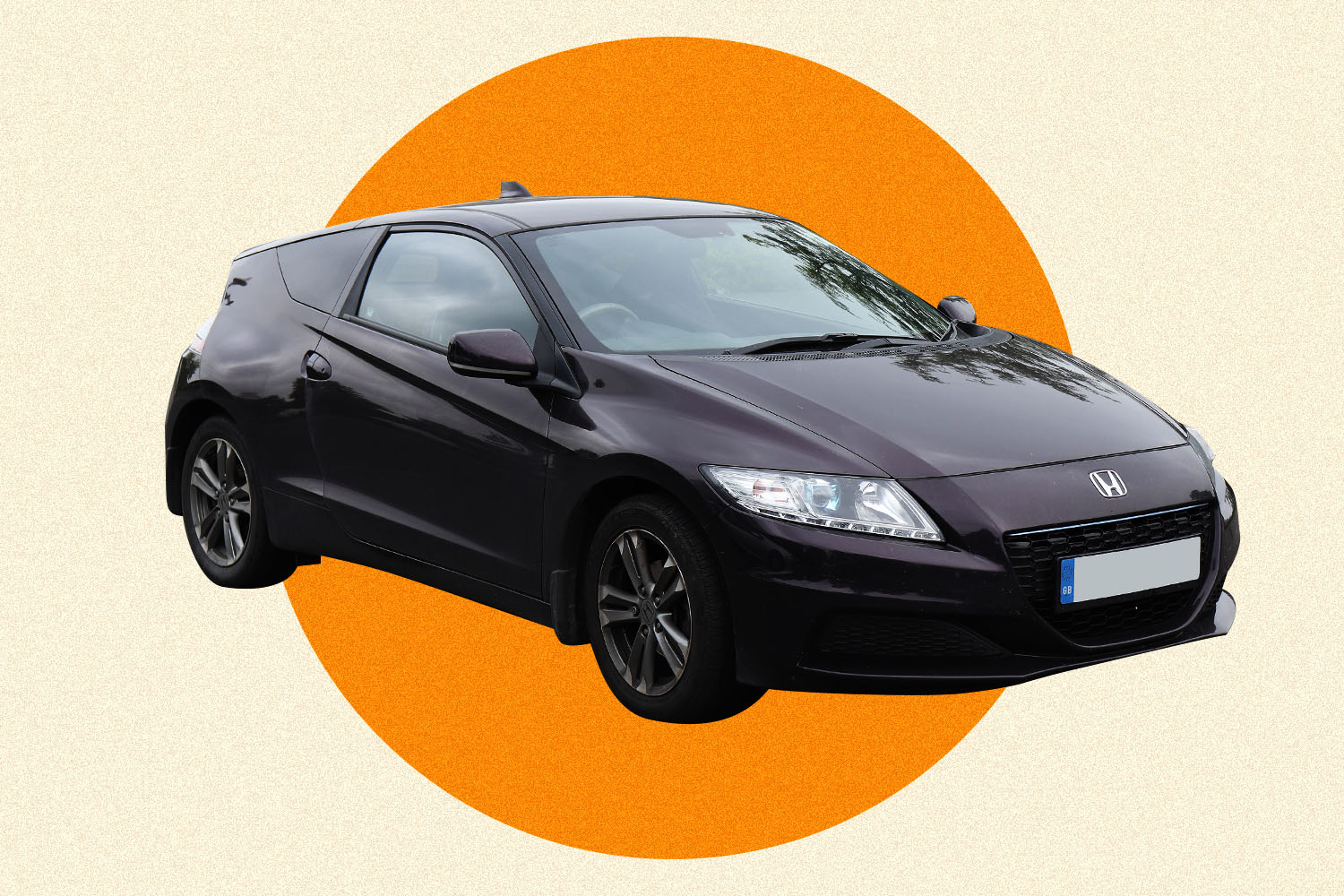
Honda CR-Z
2010-2016
The spiritual successor to the original CRX, the CR-Z was an oddball that paired a manual gearbox to an electrically assisted hybrid drivetrain and tried to balance sport with efficiency. “Many thought this would be a return of the Honda CRX, and were ultimately disappointed by the CR-Z’s overall package,” says Sami Haj-Assaad. “But look closer. There’s the personality here of a car trying something new, and for the people who ‘get it,’ they’ll really enjoy it.”
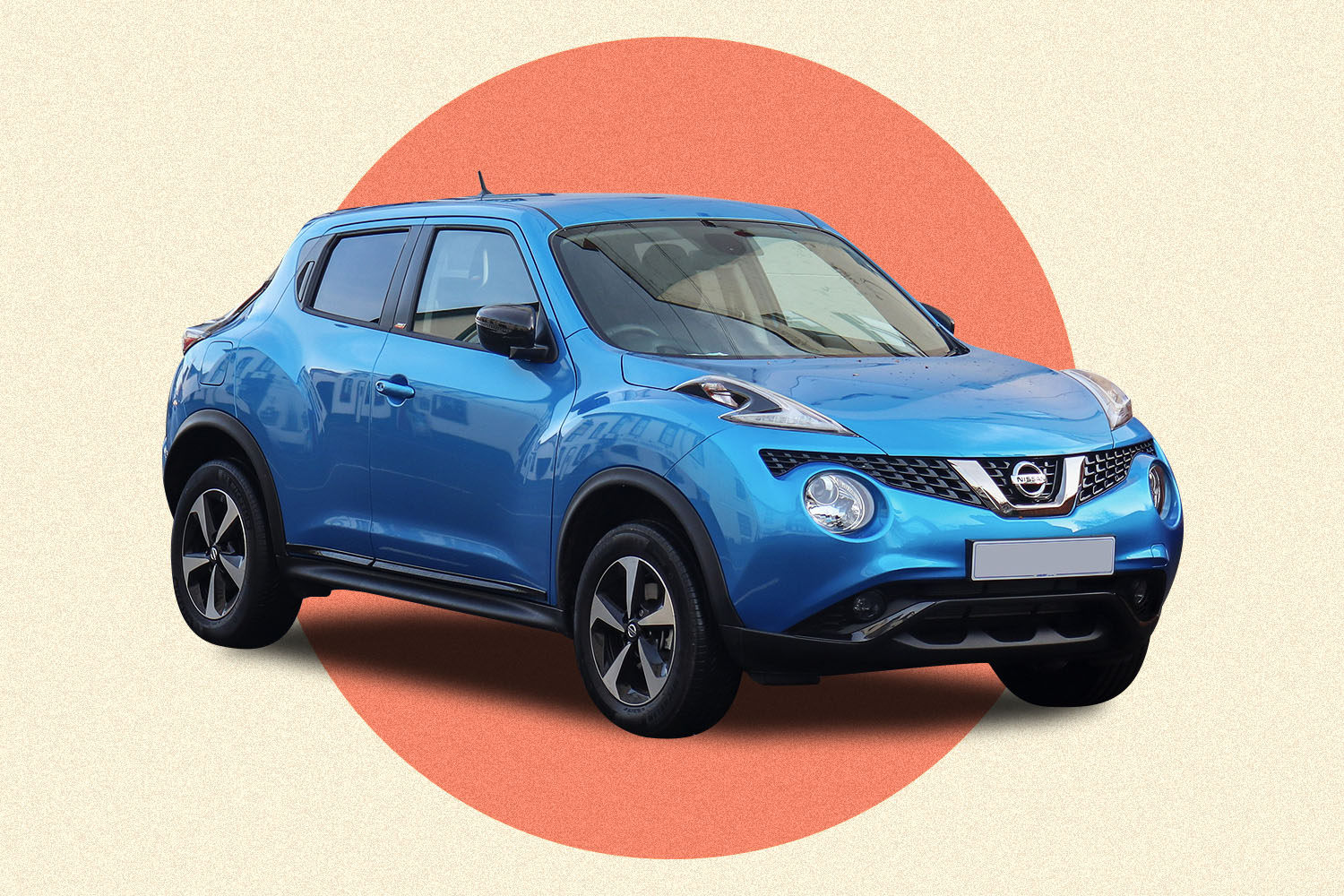
Nissan Juke
2010-2020
“Does it look like a bloated frog? Absolutely, but like the VW Thing, it still has its own charm,” says Emme Hall. Offered with an available turbocharged engine, the Juke’s polarizing looks were balanced by an exceptionally sporty character when pushed hard, making it an outlier among compact crossovers. “The bummer here was that all-wheel drive could not be paired with the six-speed manual transmission,” says Hall, with a continuously variable automatic sopping up some of the fun for the most powerful versions of the Nissan, even when found in rare NISMO spec.
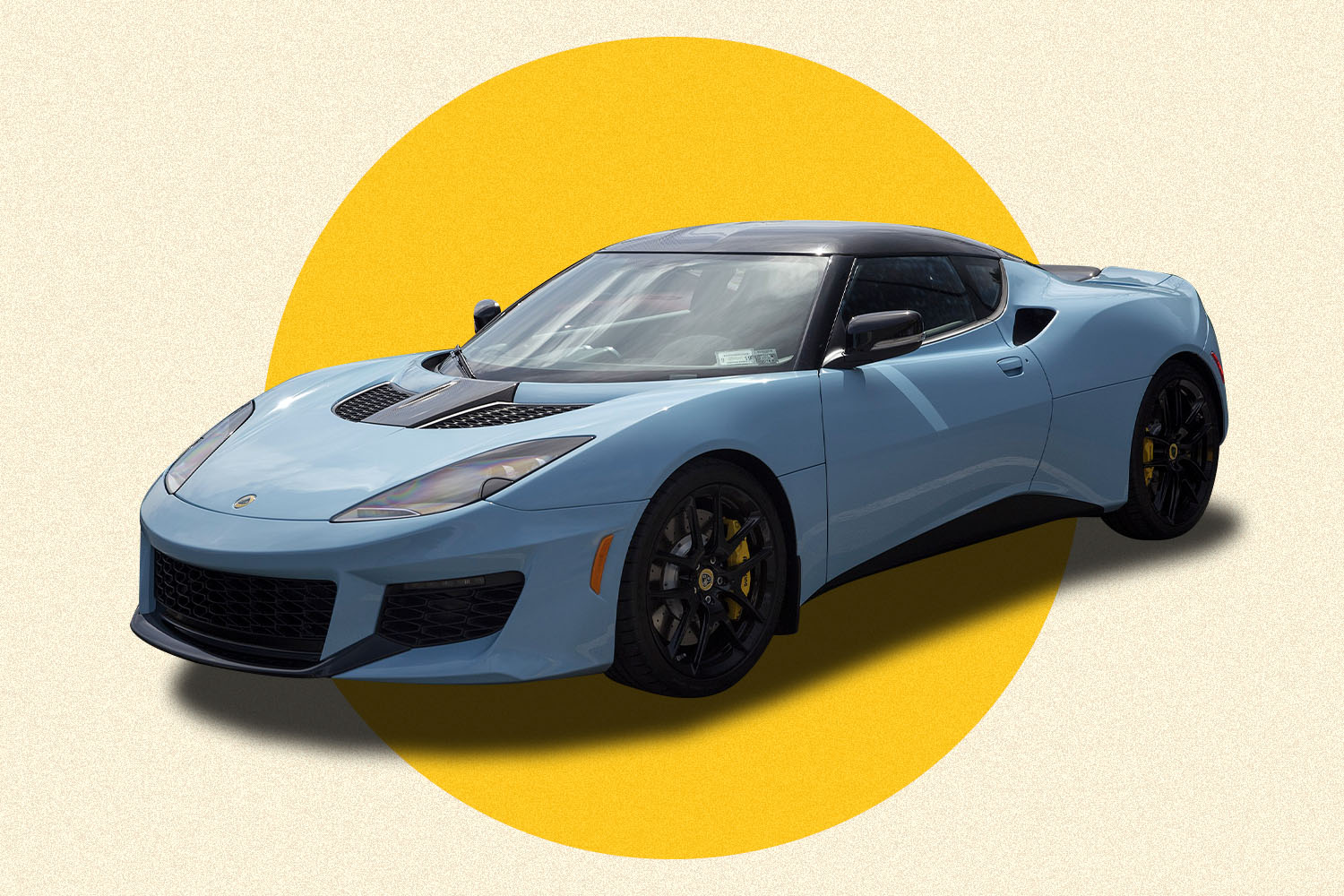
Lotus Evora
2010-2020
“The more I shop for cars, the more I realize just how much attention we don’t give the Evora. With Lotus, it’s the Elise, Elise, Elise — and for good reason, because that’s an incredible, almost depreciation-proof car for about $30,000,” says Alanis King. “But used Evora prices continue to dip towards Elise levels.” More car for the money, and much easier to live with on a daily basis than the stripped-down Elise track star, the slightly larger Evora could be poised to take the reins from its famous predecessor.
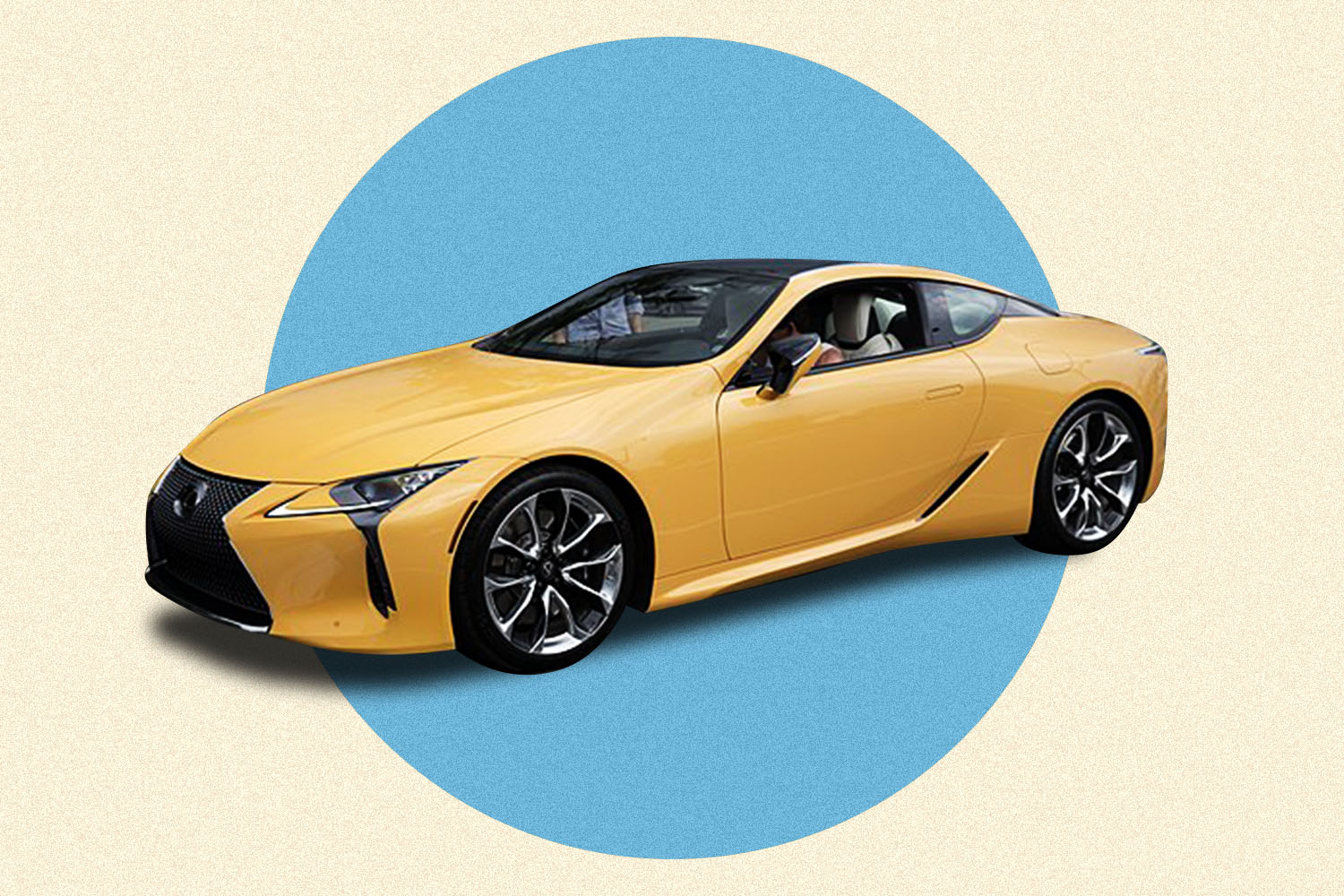
Lexus LC 500
2018-2020
“It’s a grand tourer with so much stupid, excessive ‘grand’ that you can’t help but smile while driving it. It handles incredibly for being the approximate weight of an elephant, and it looks like a spaceship,” says Alanis King. The top-trim LC’s fantastic 471 horsepower, its commanding V8 snarl, and its coddle-you-to-death cockpit make it a outstanding alternative to the Germany luxury coupe hegemony. “Why only 1,200 people buy one per year, I do not know, but I do love watching the depreciation hit,” says King.


